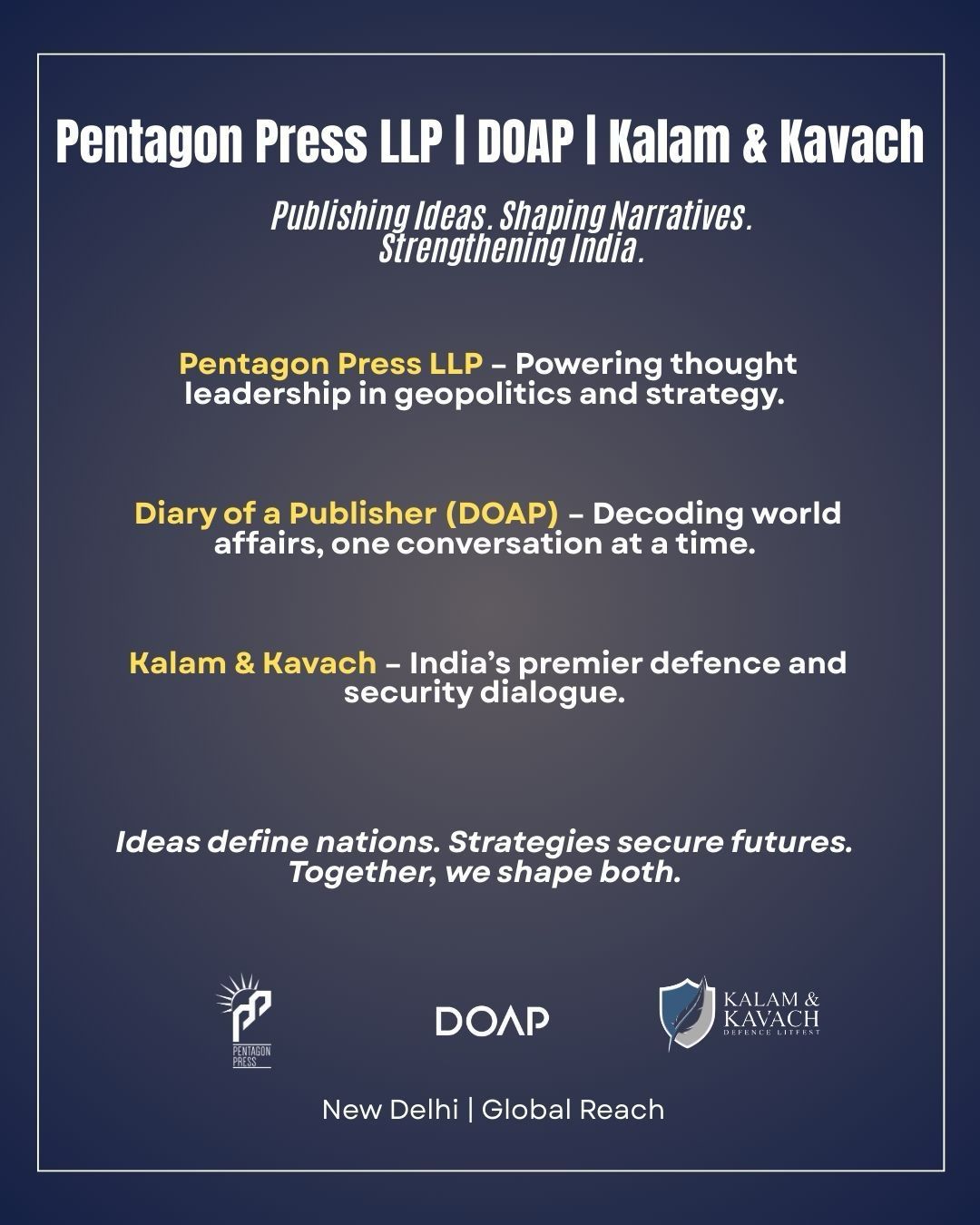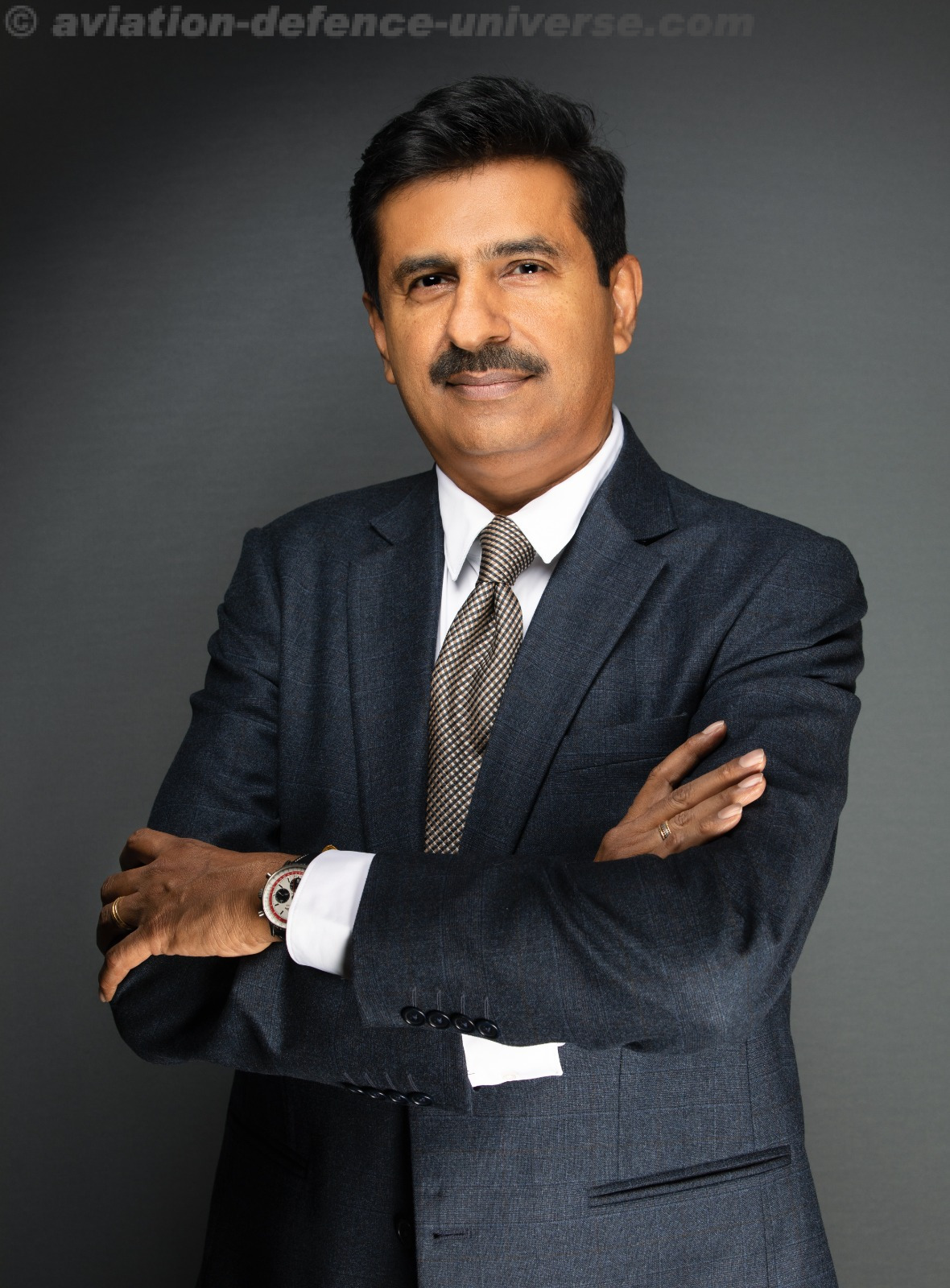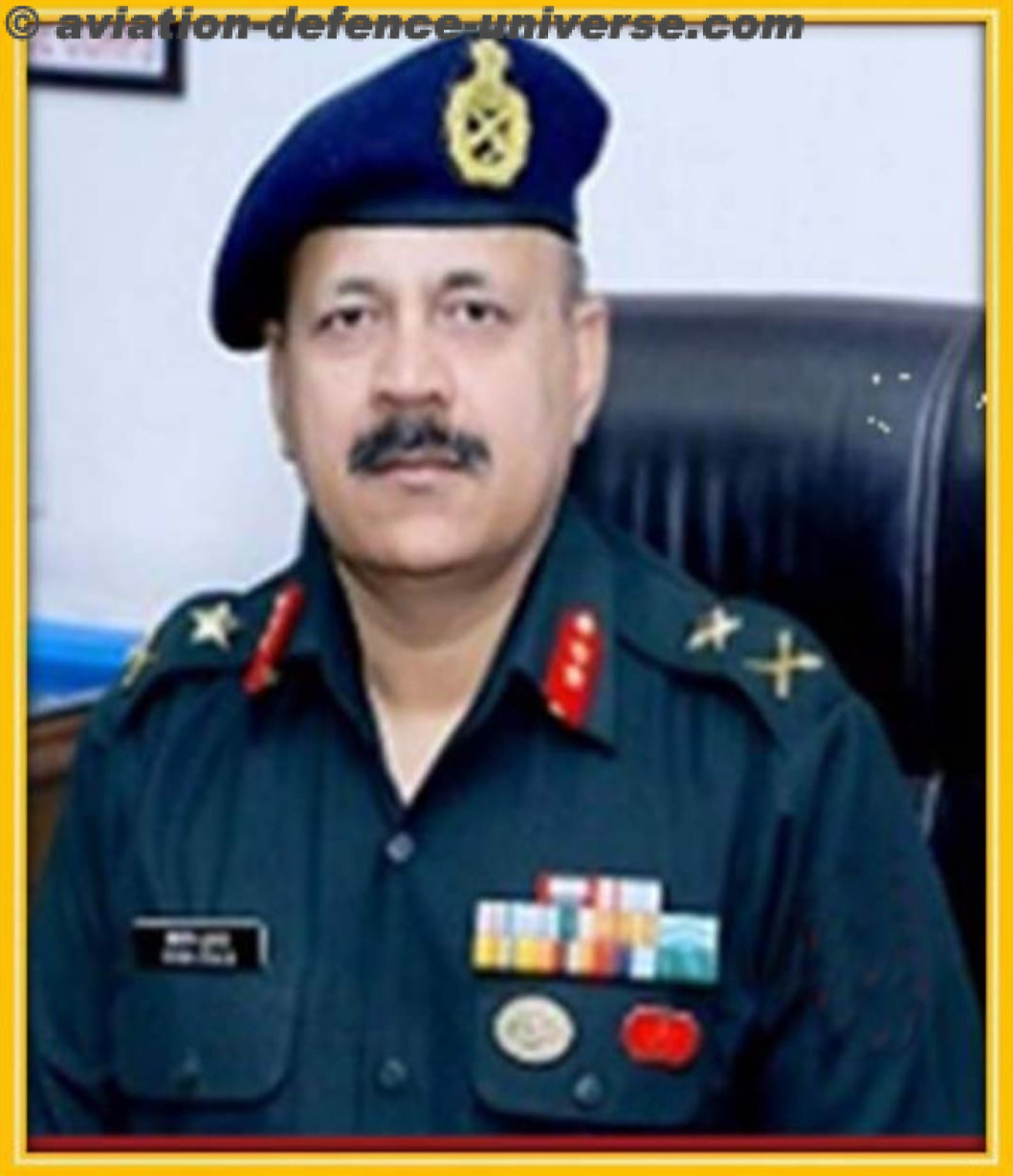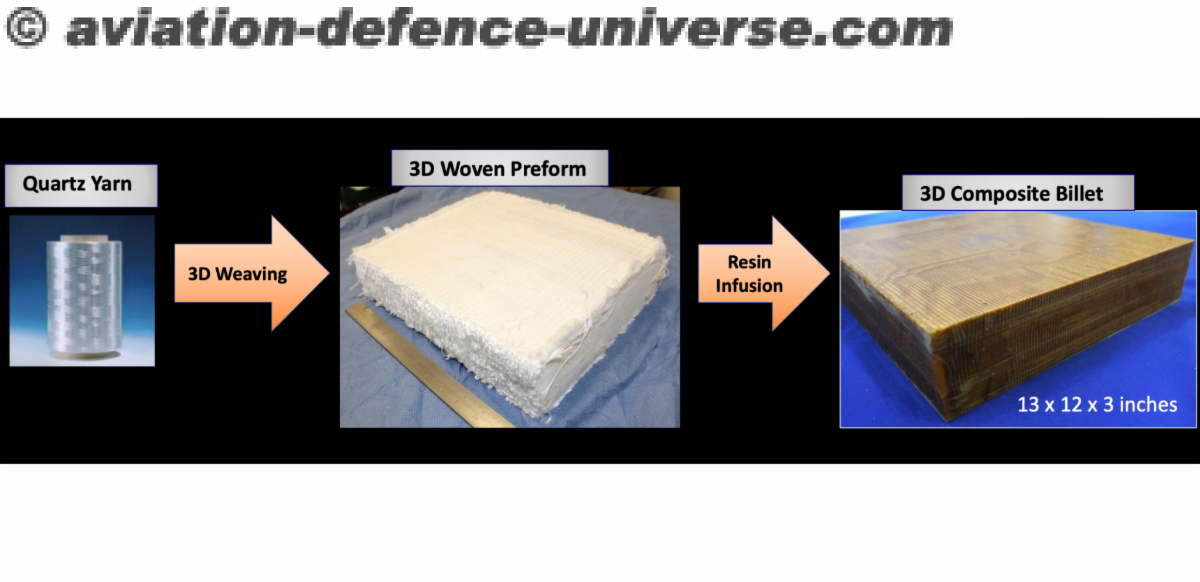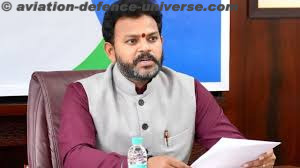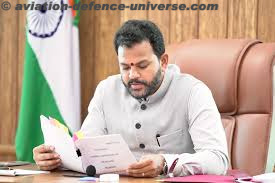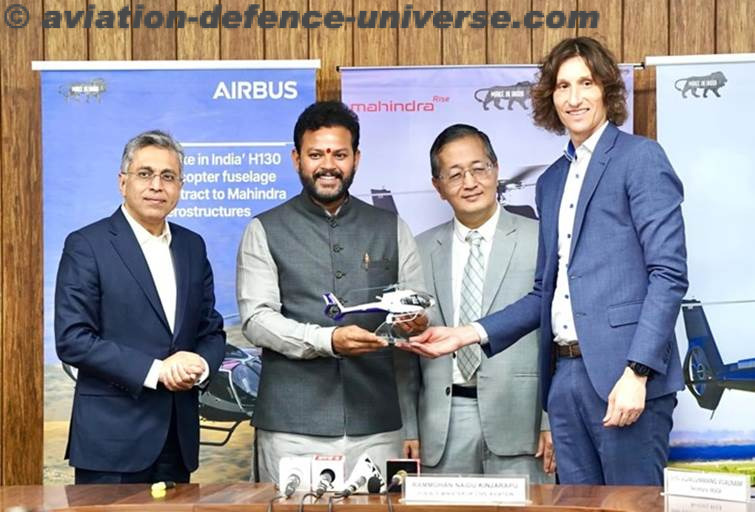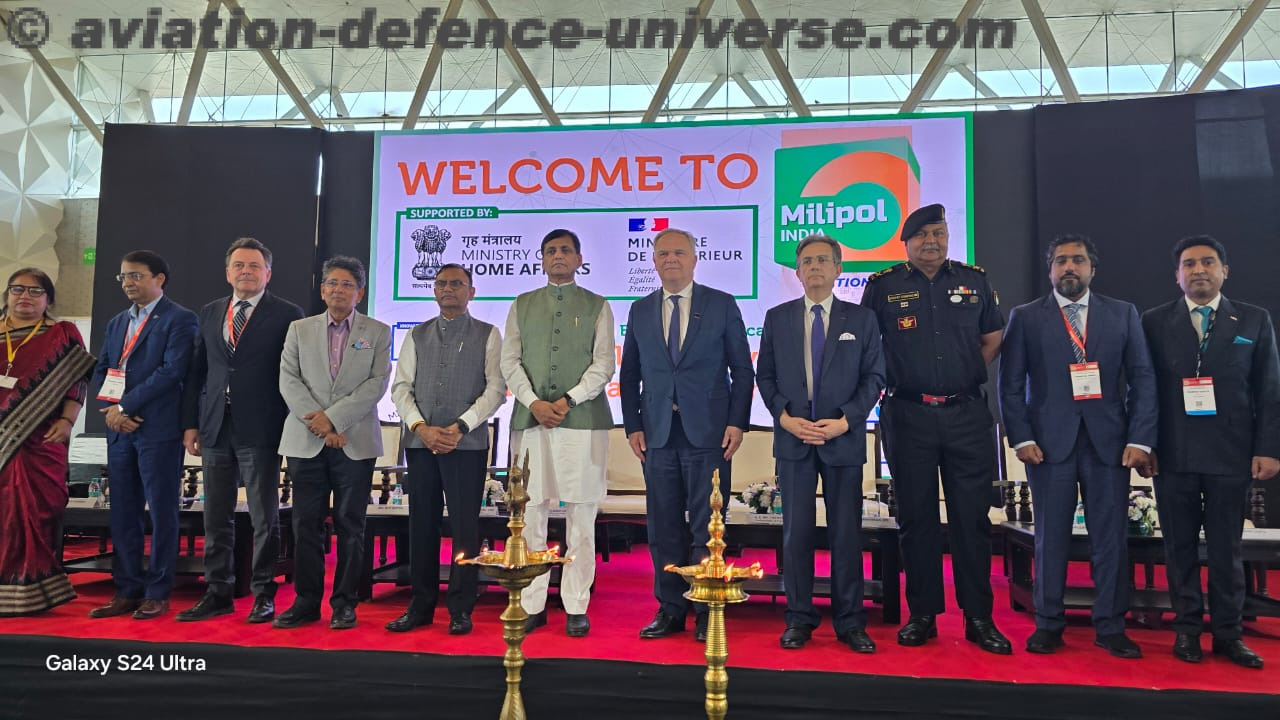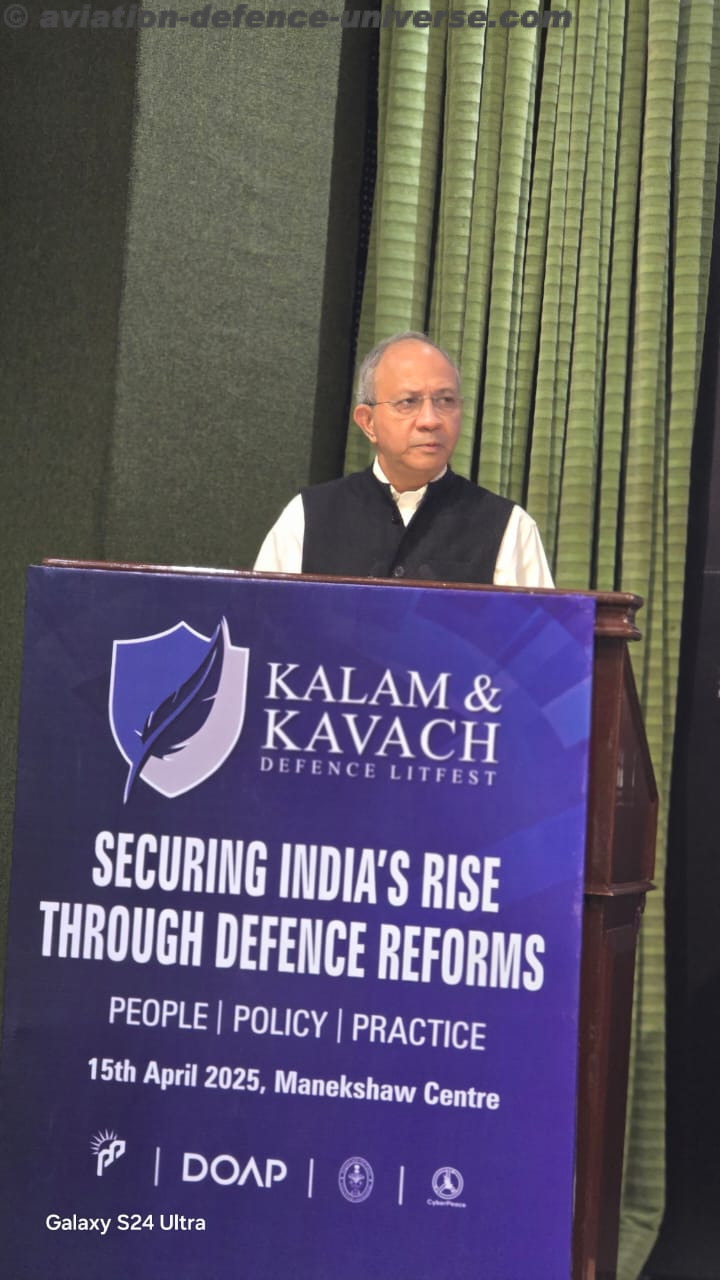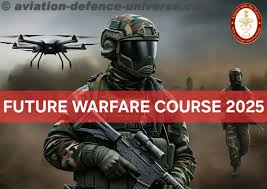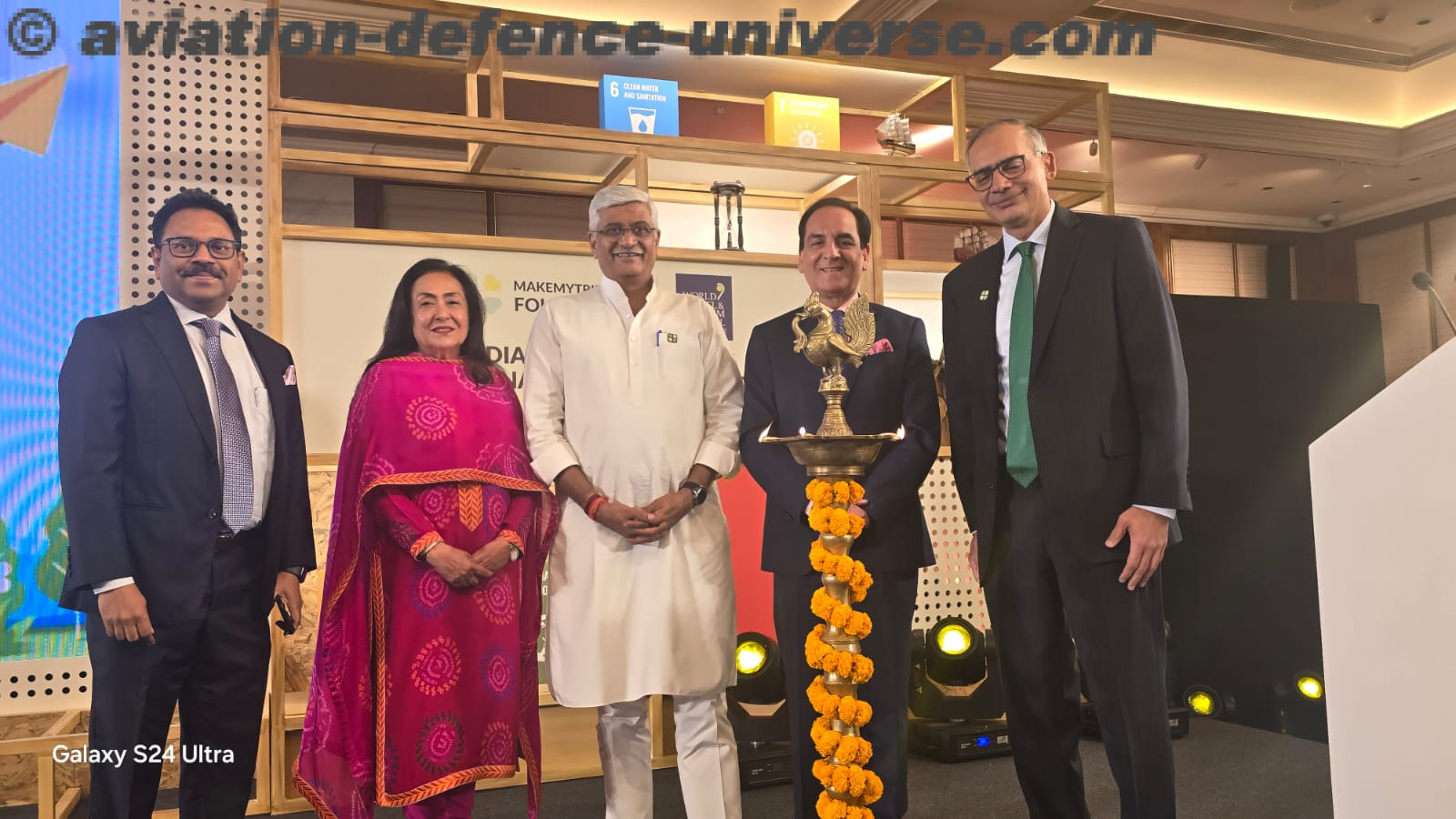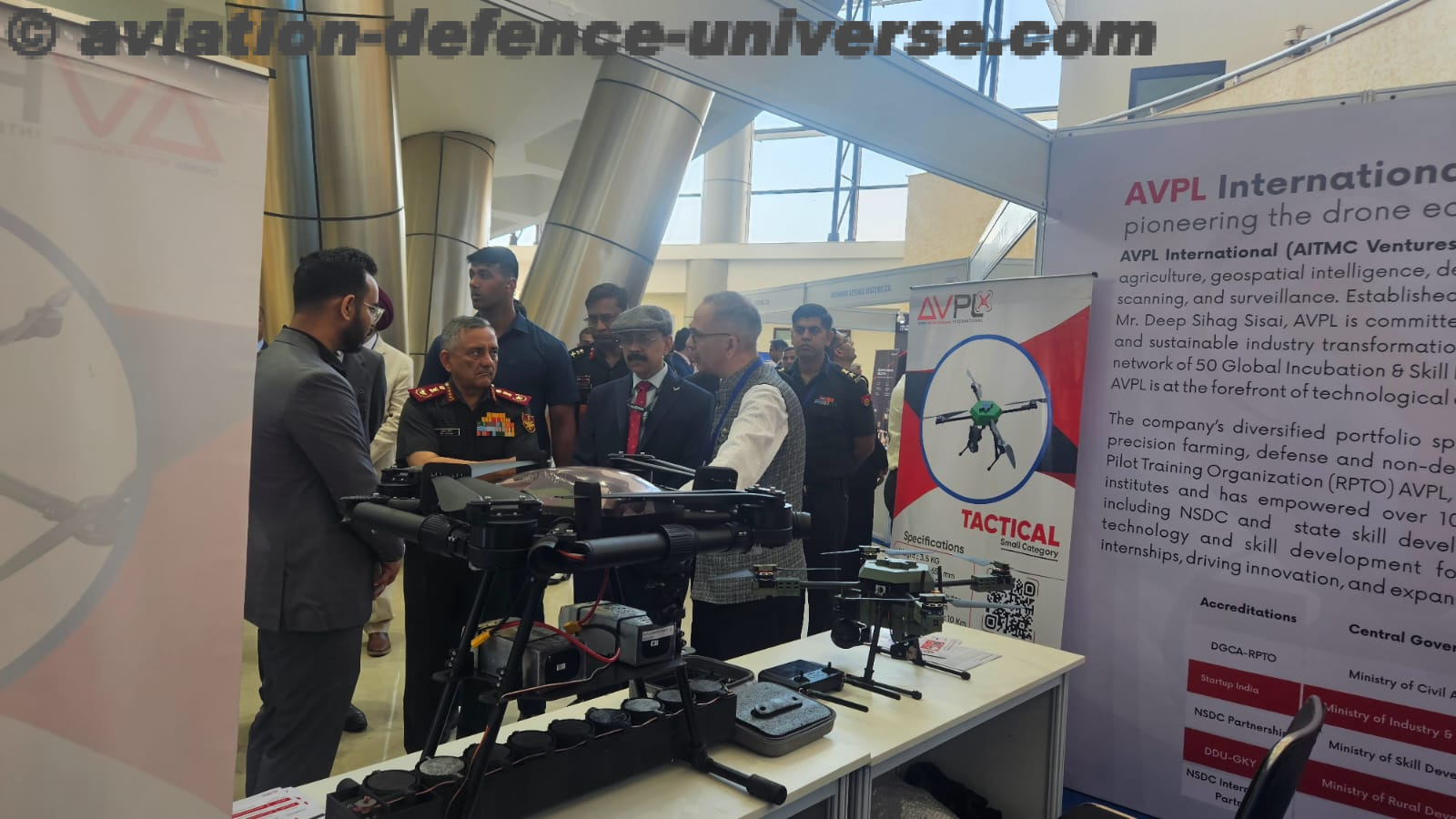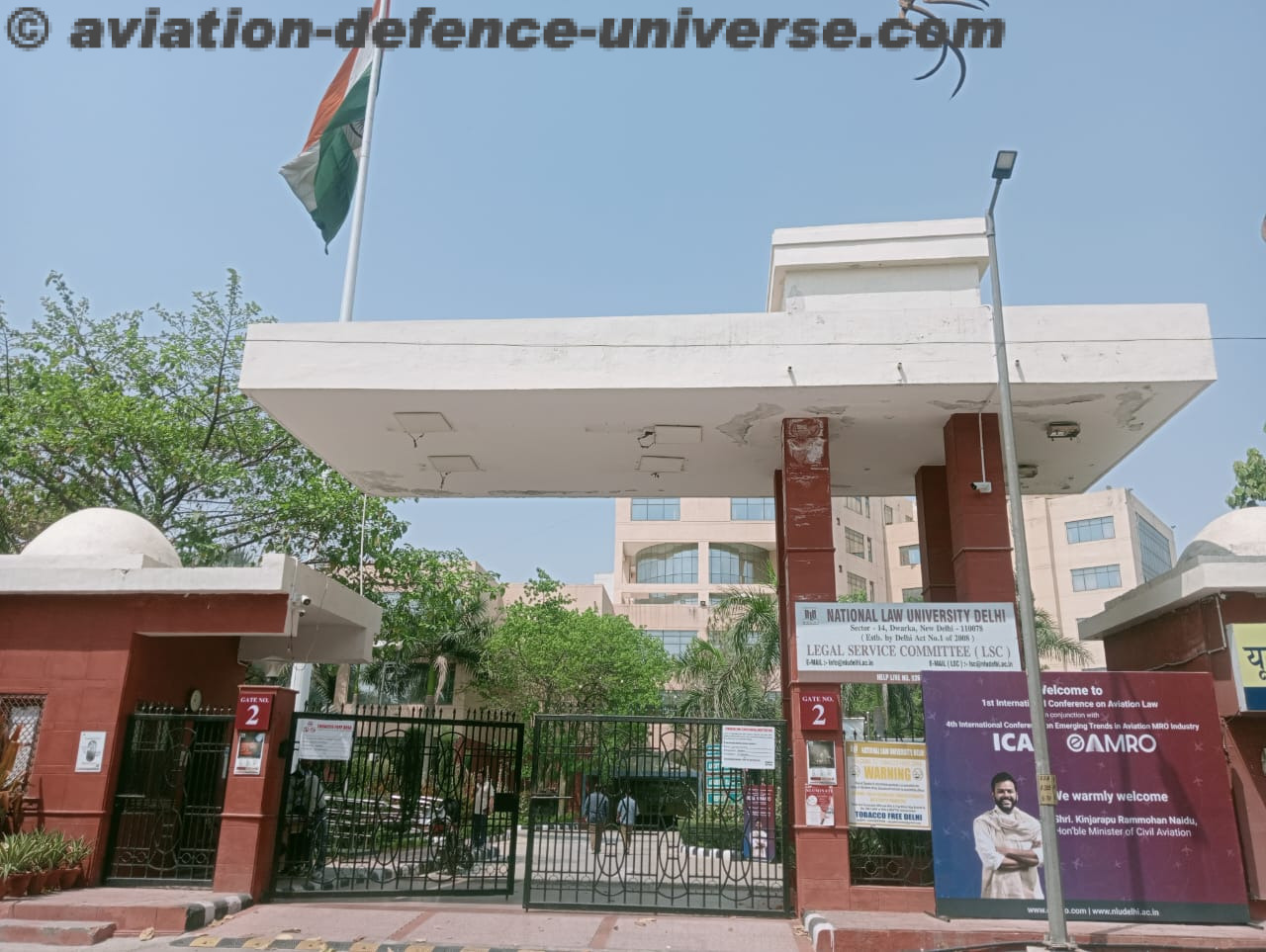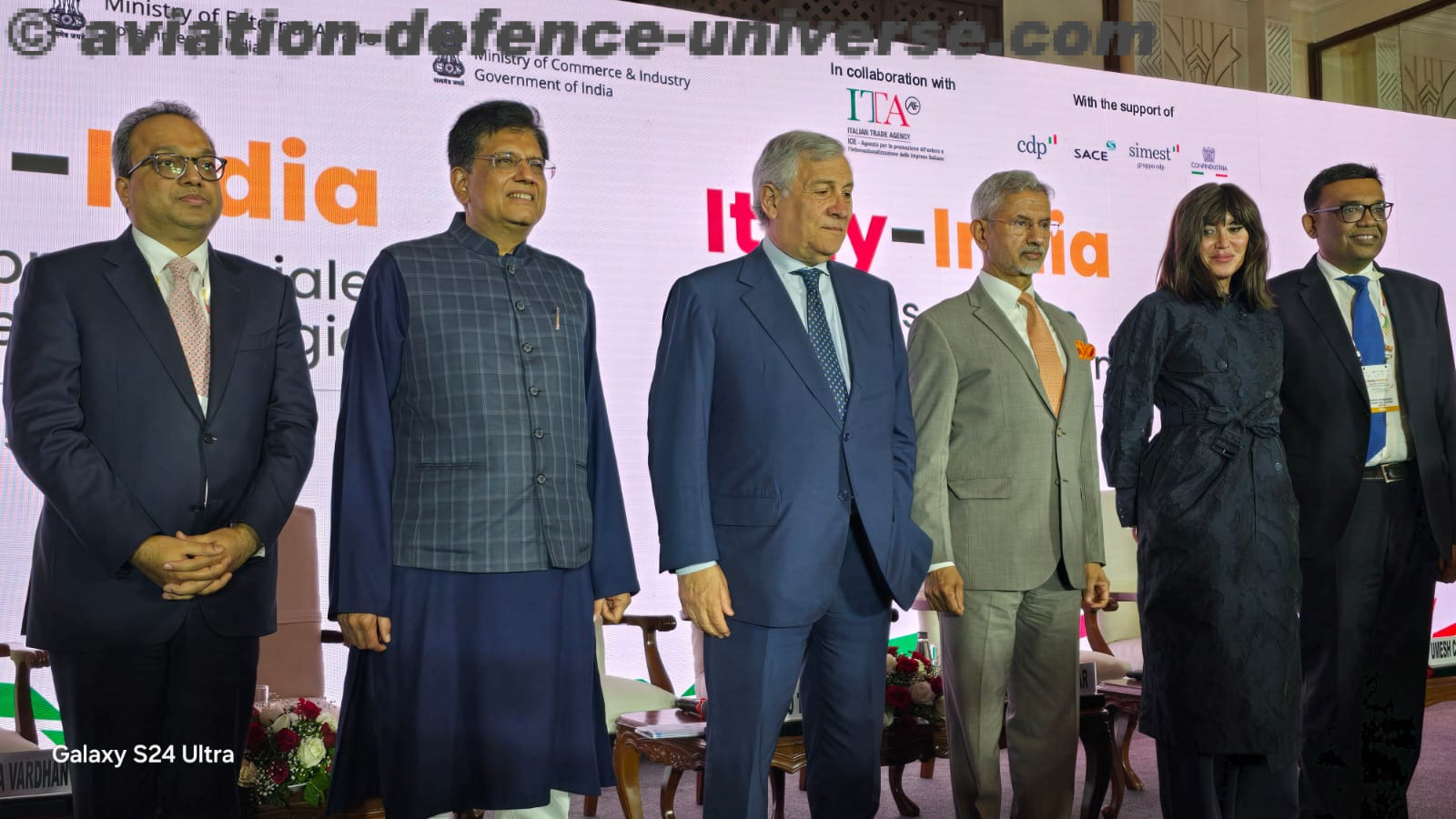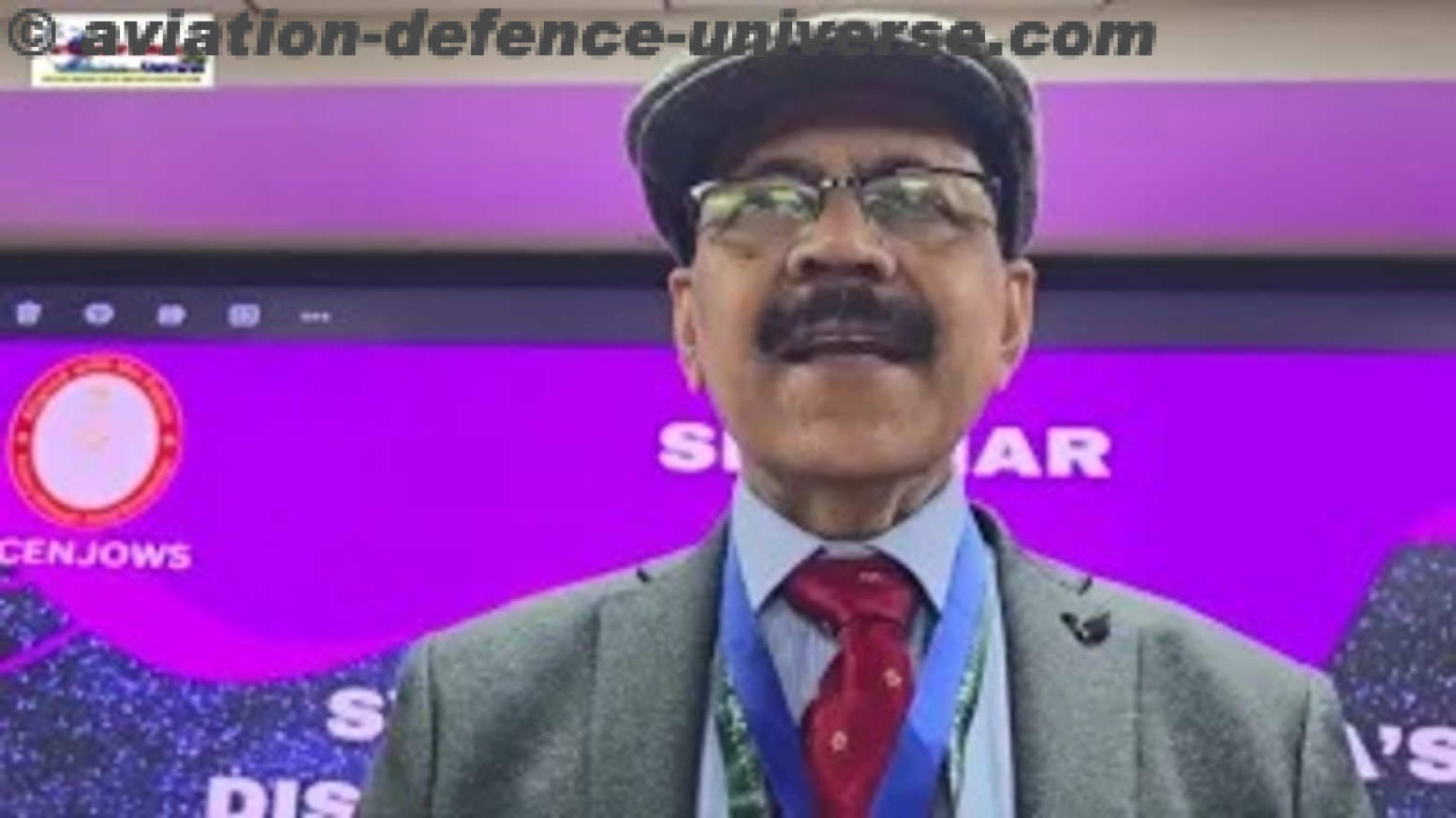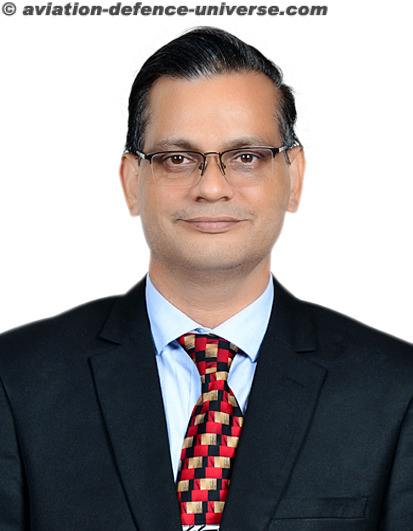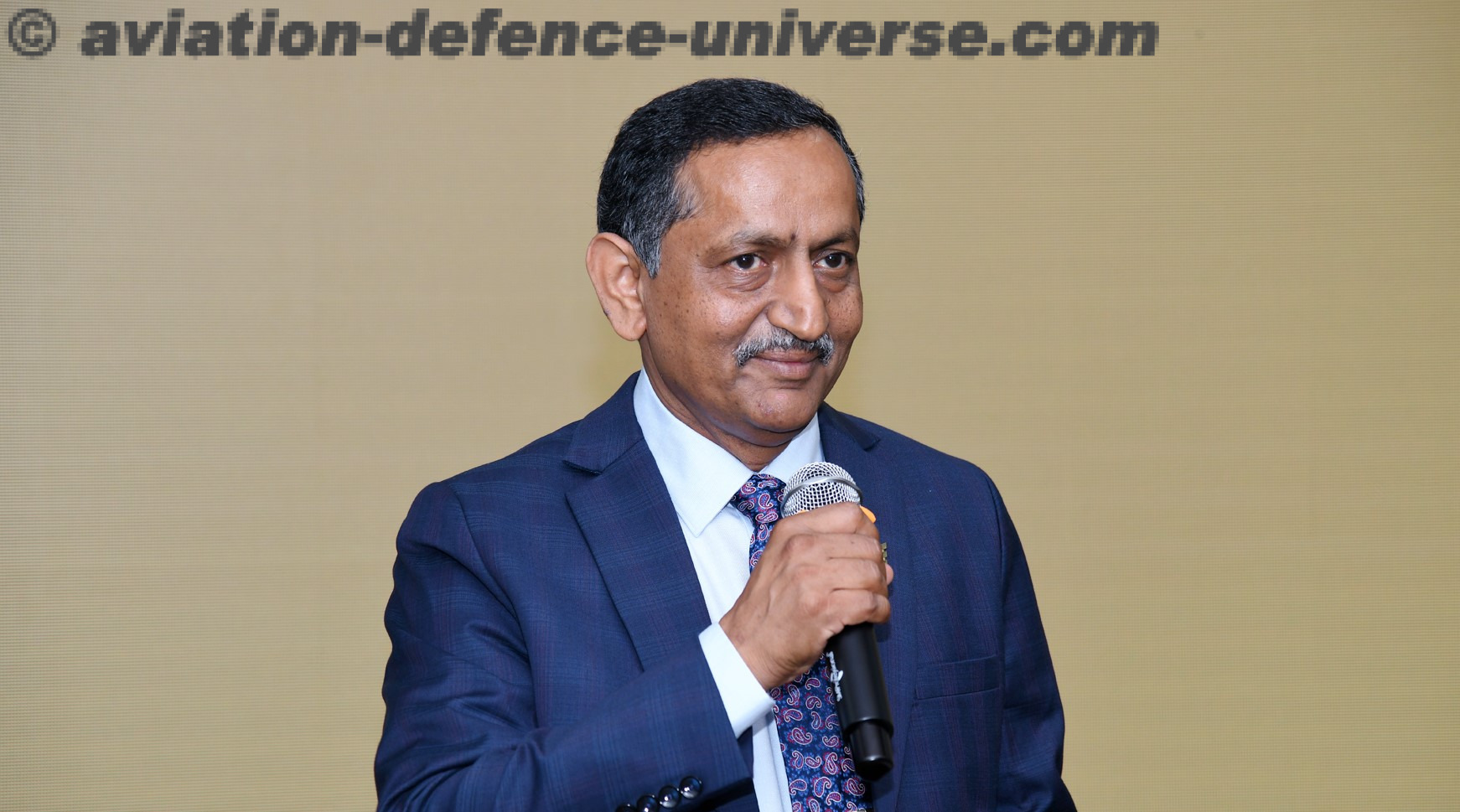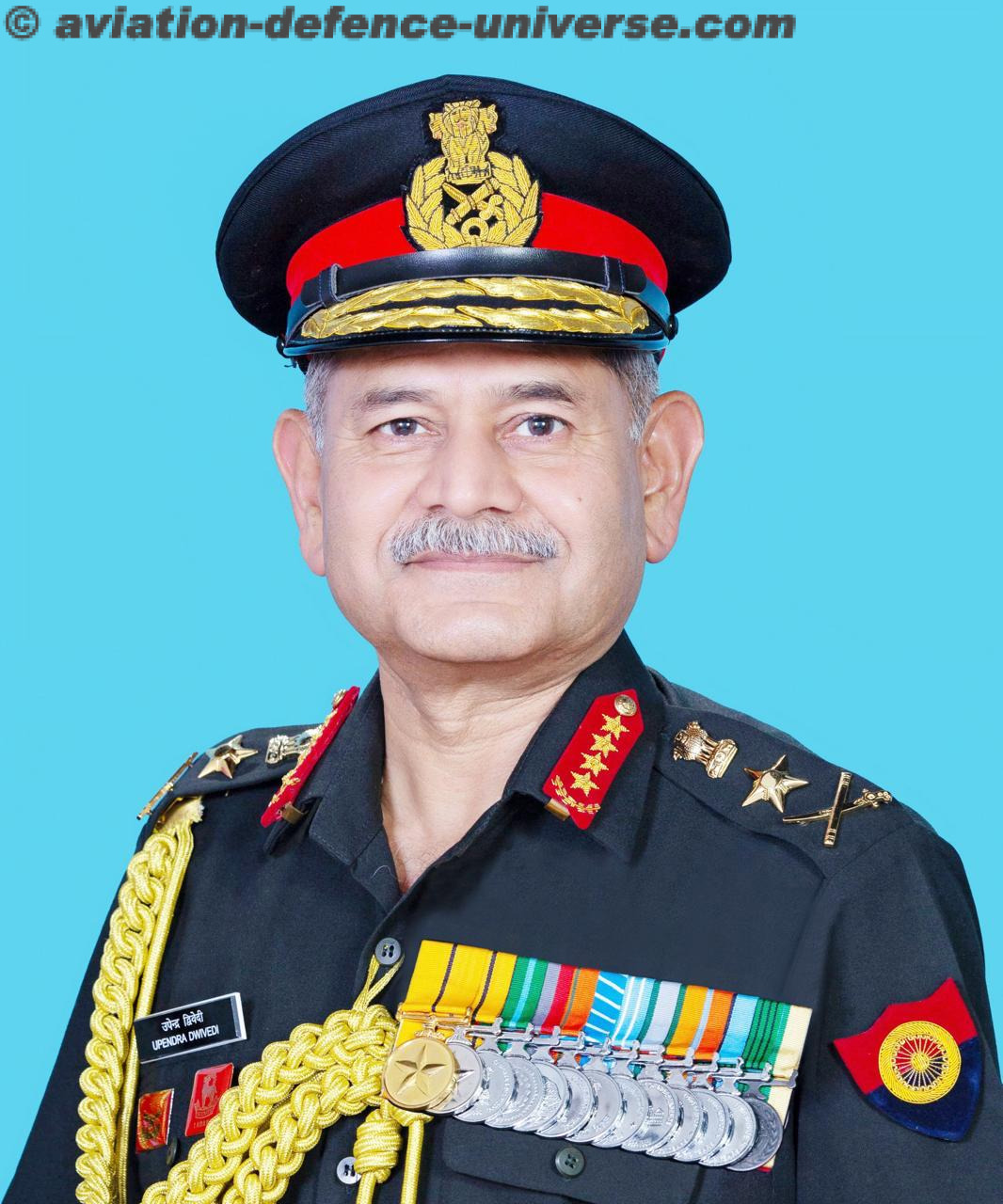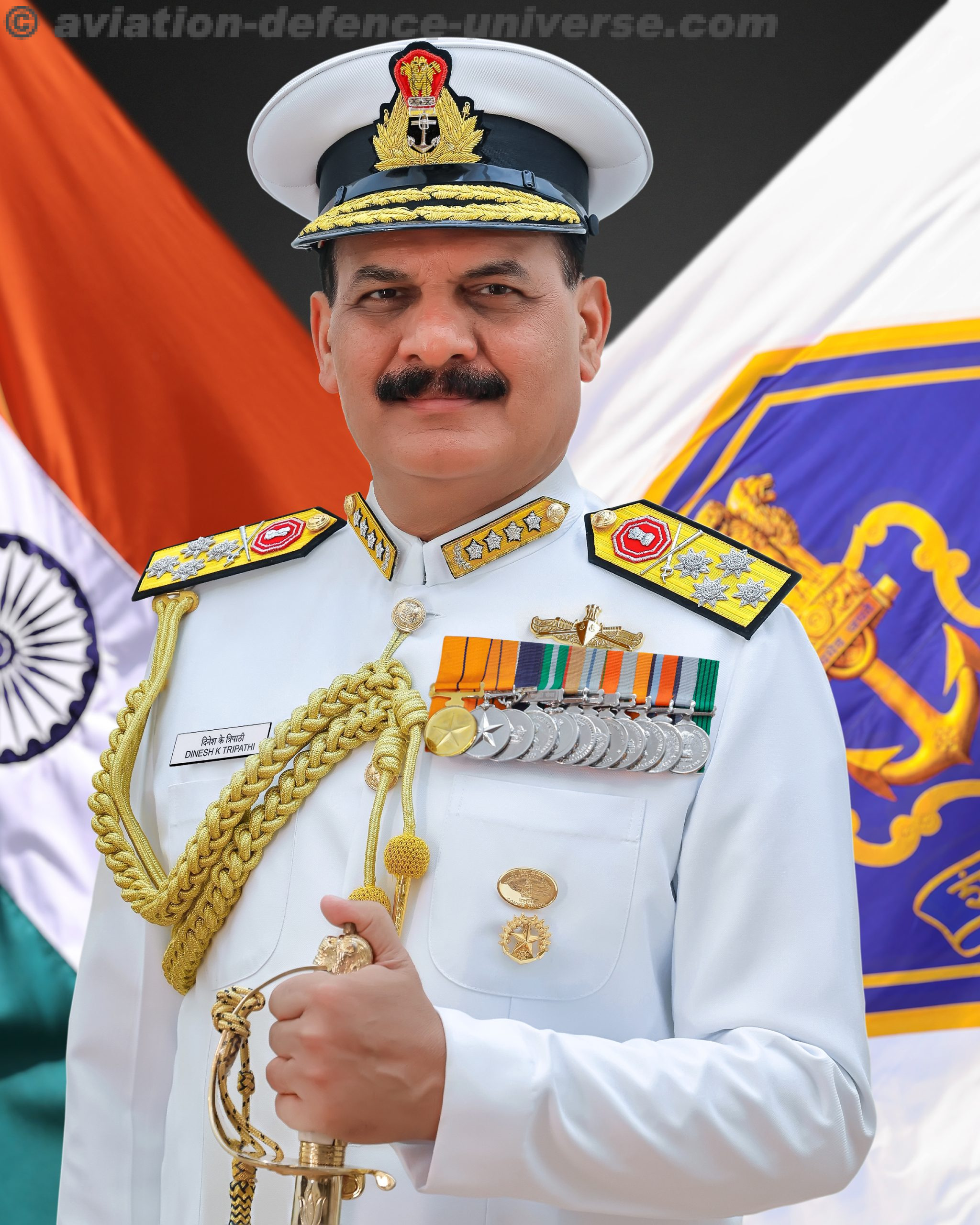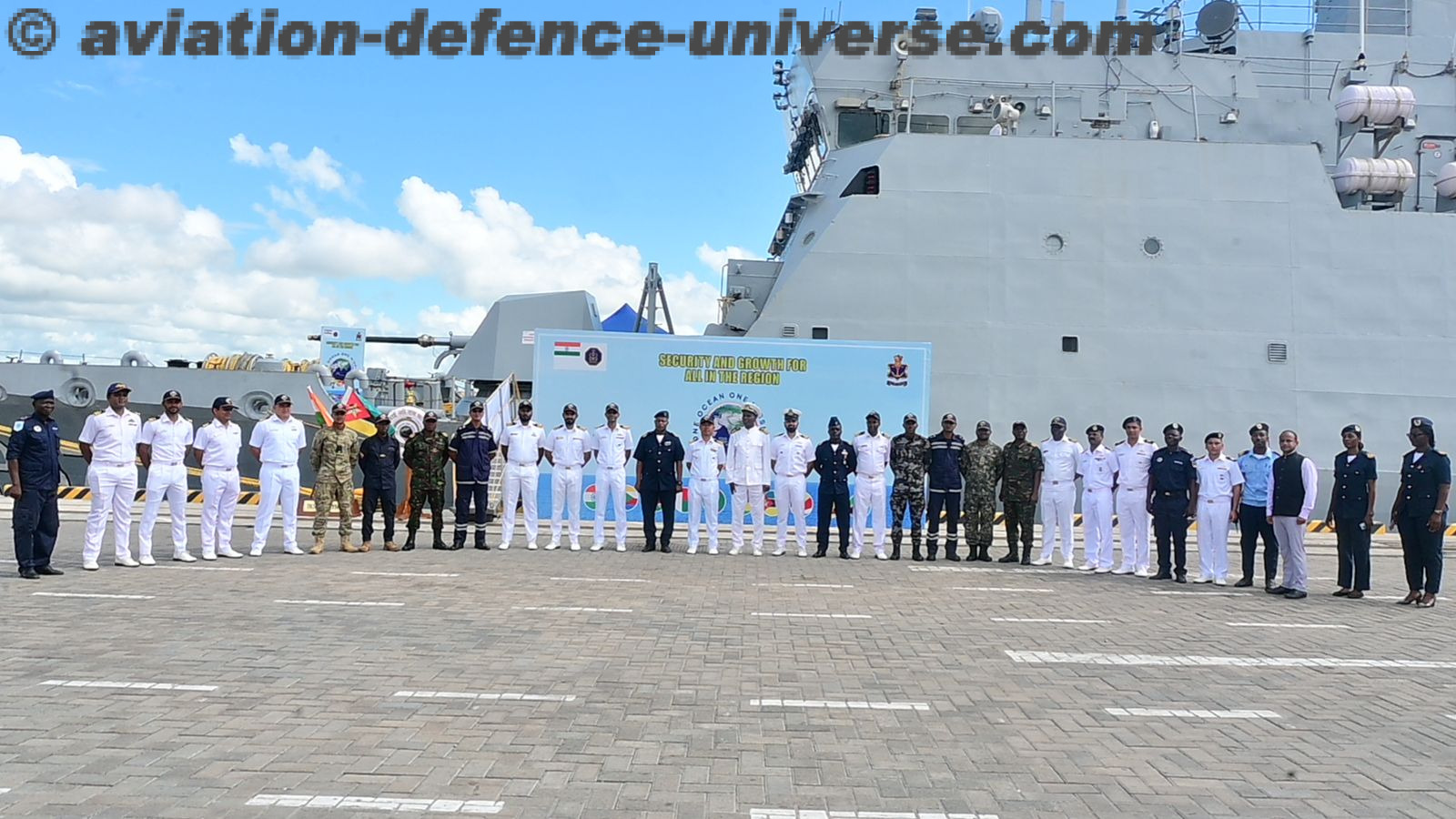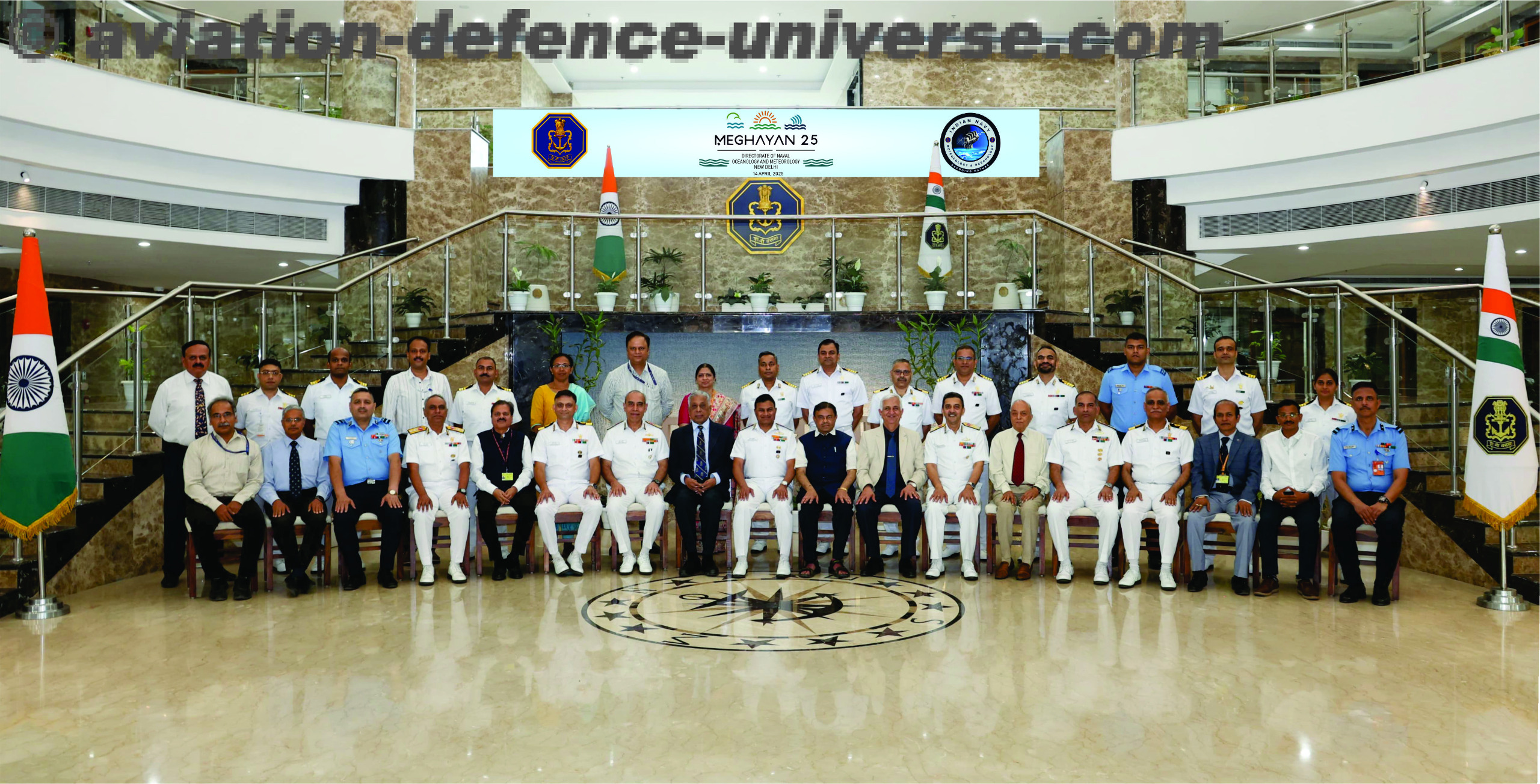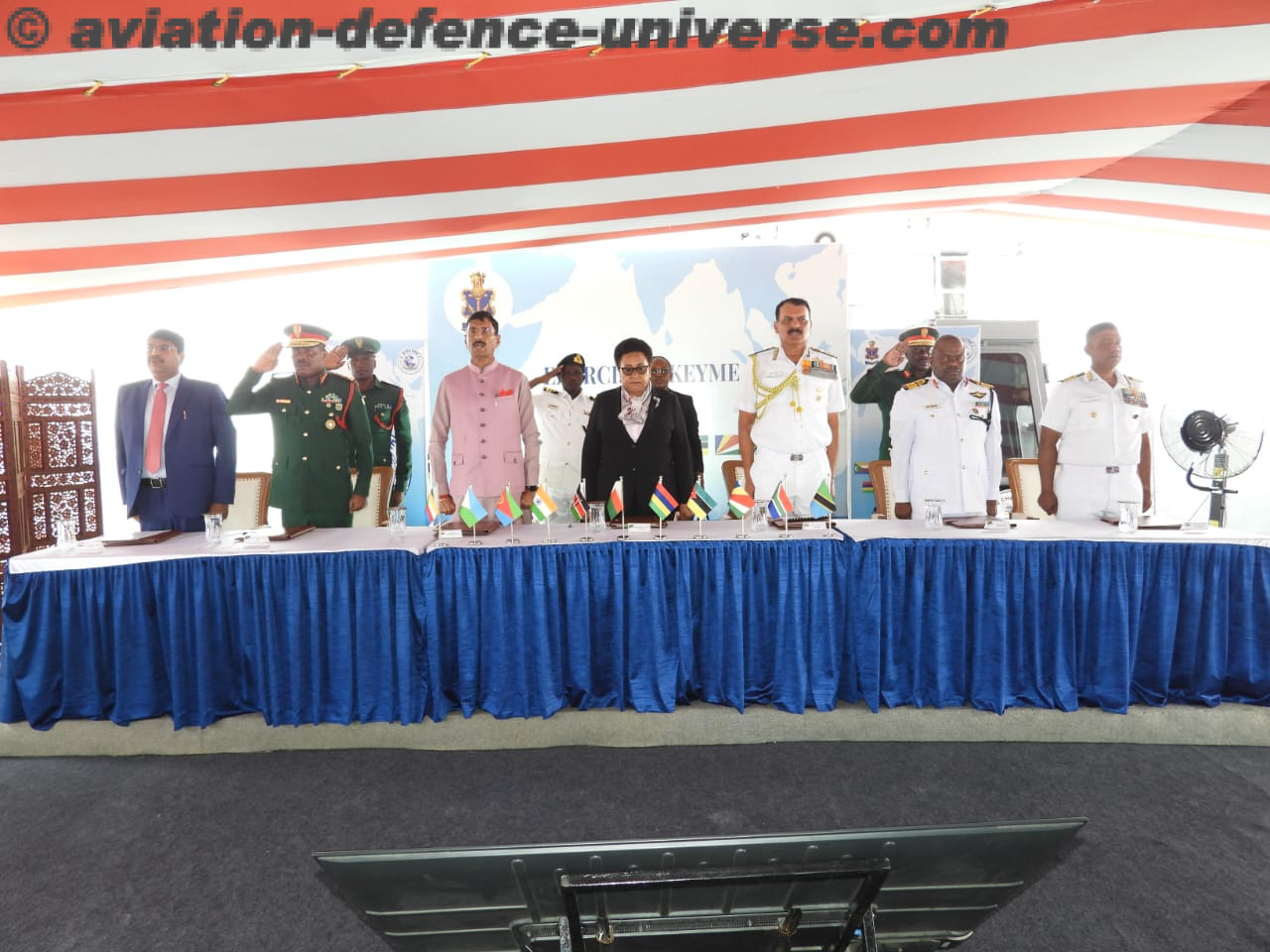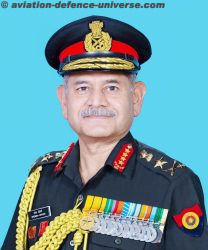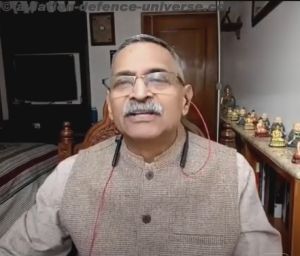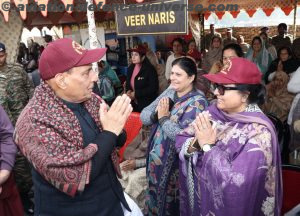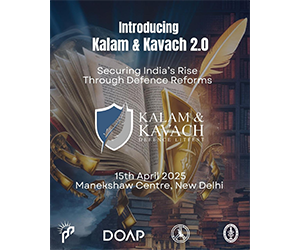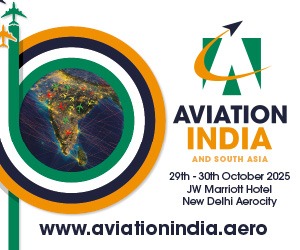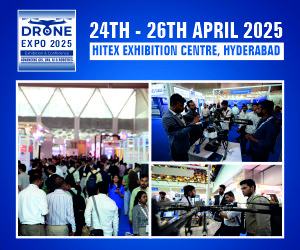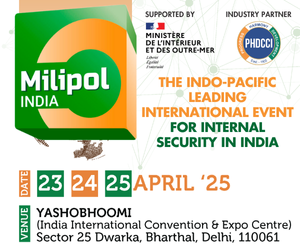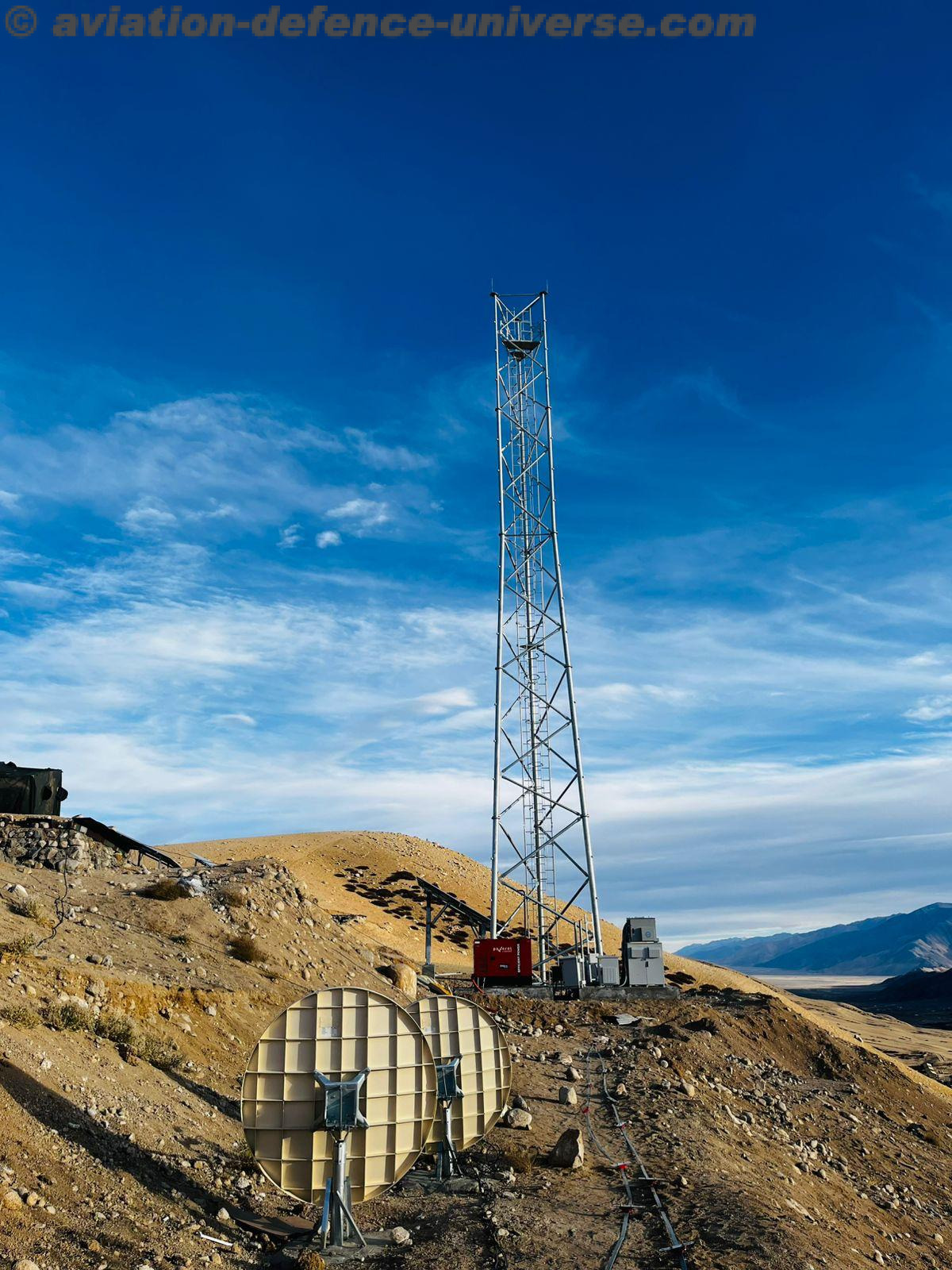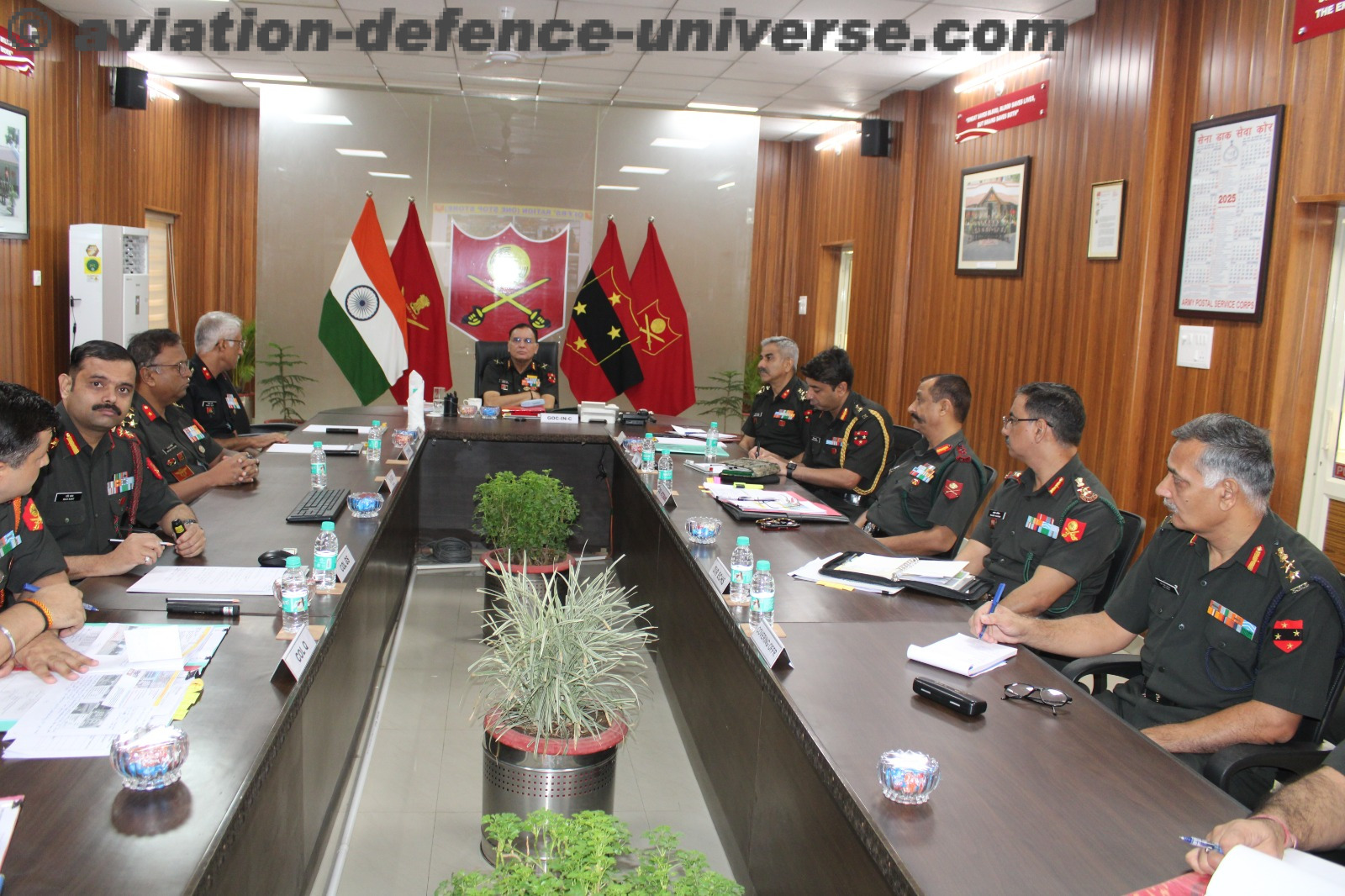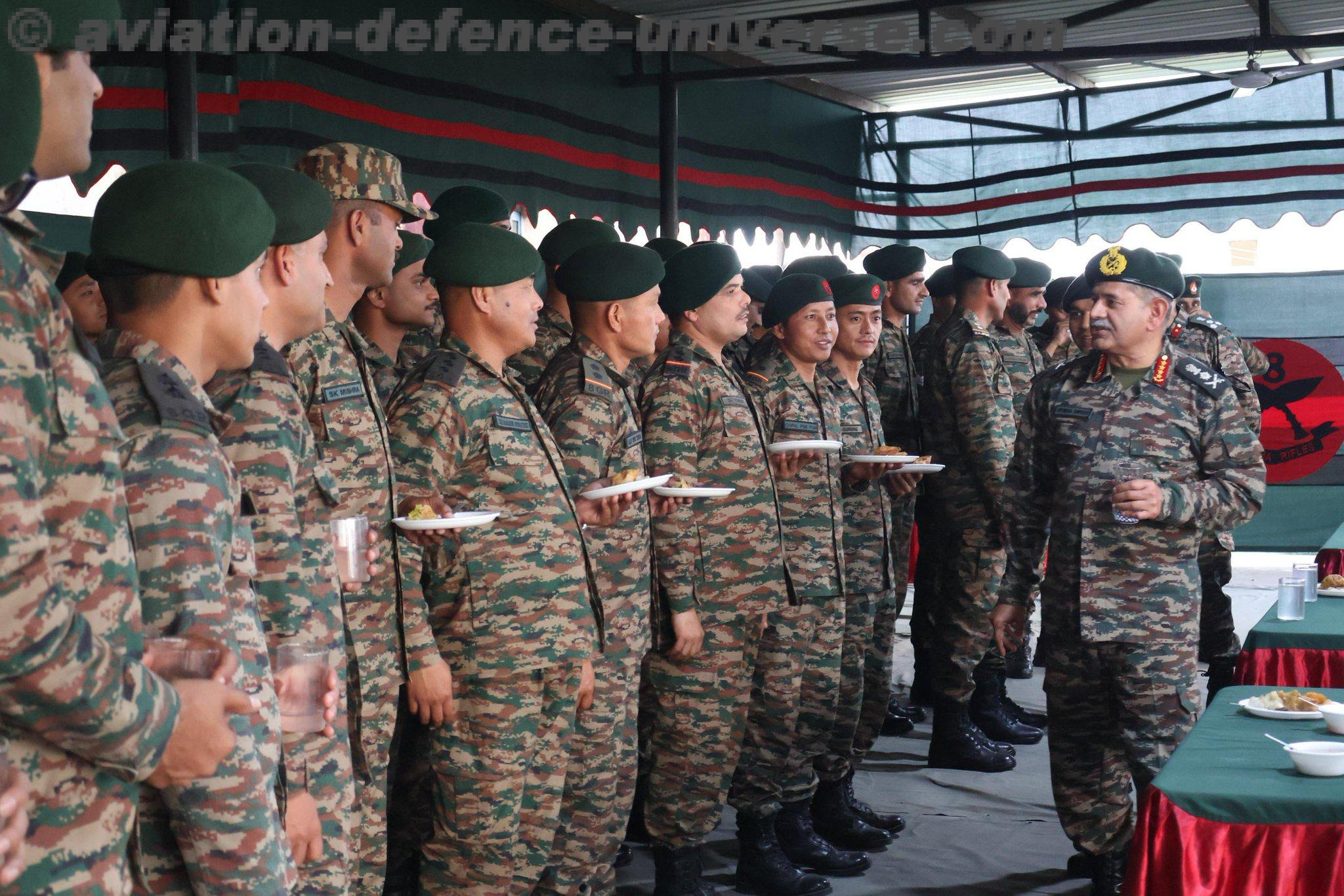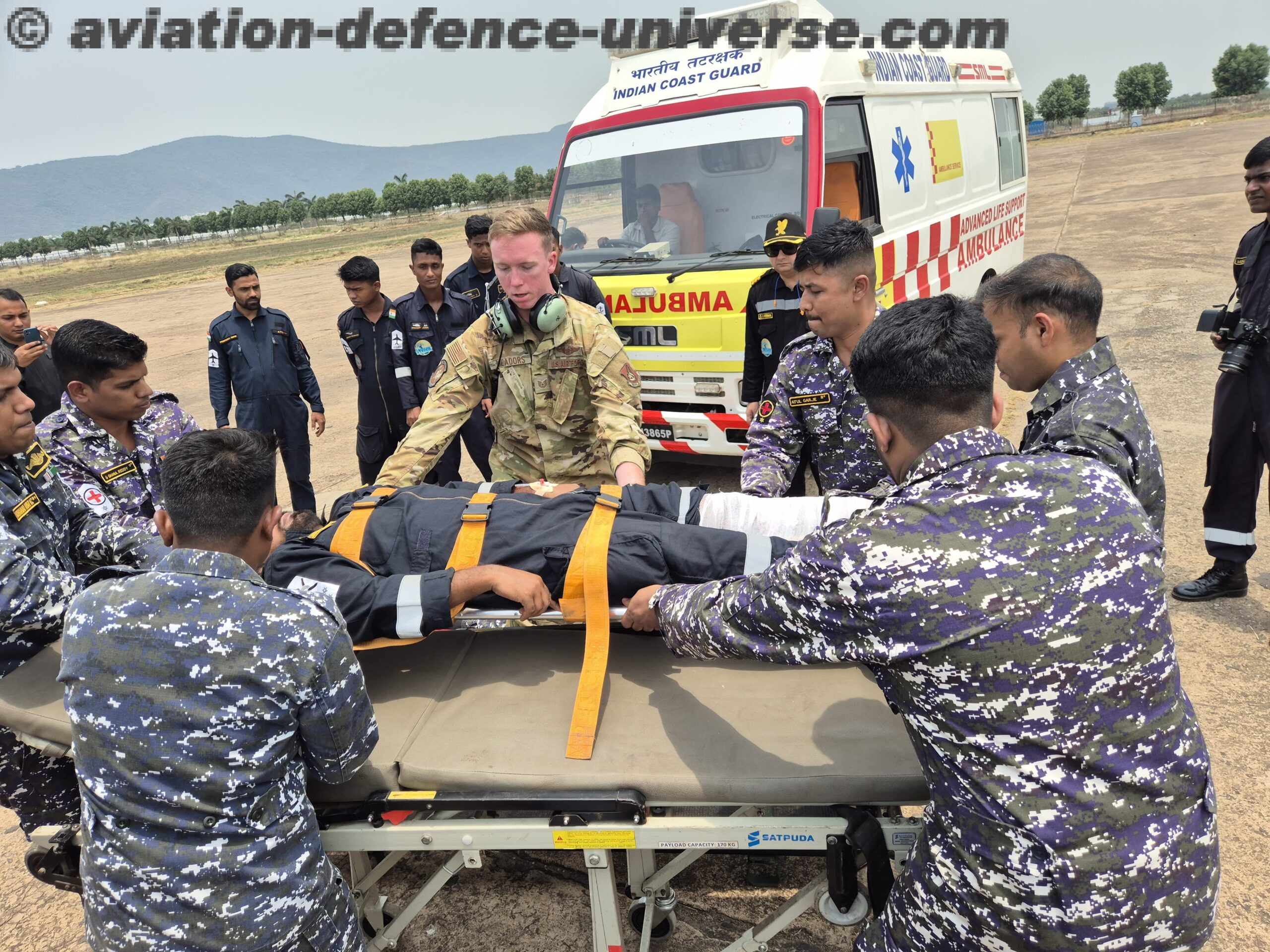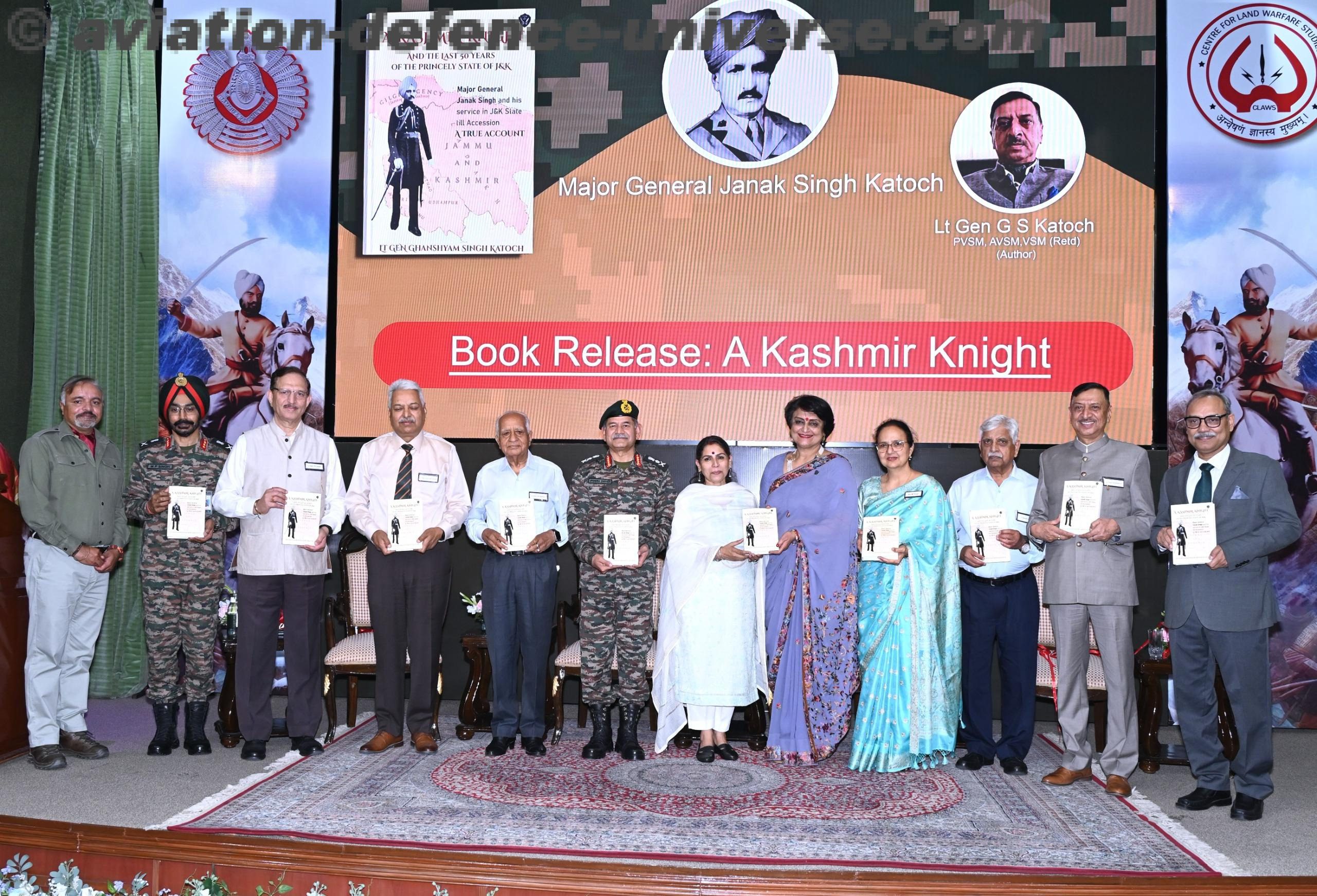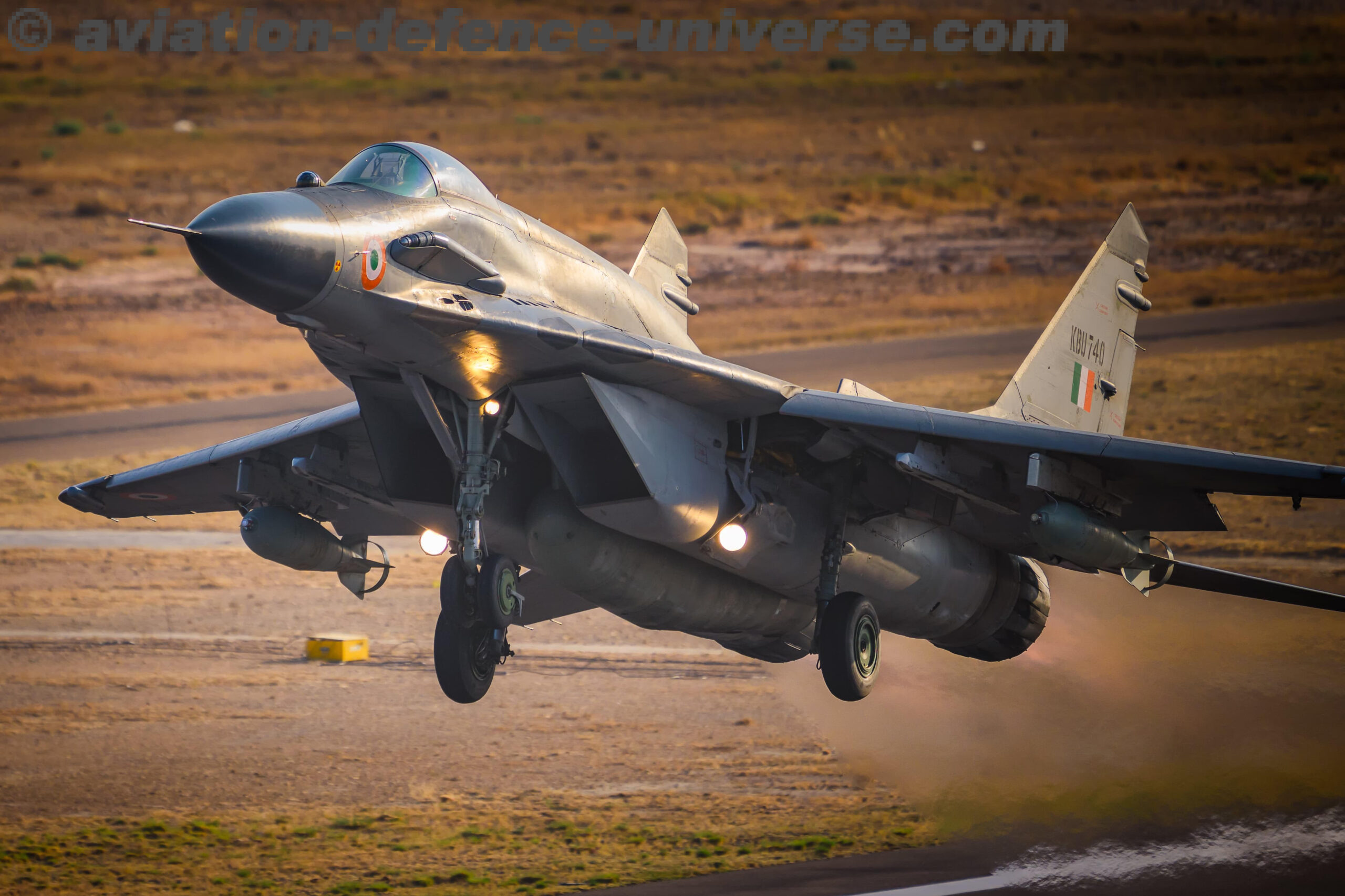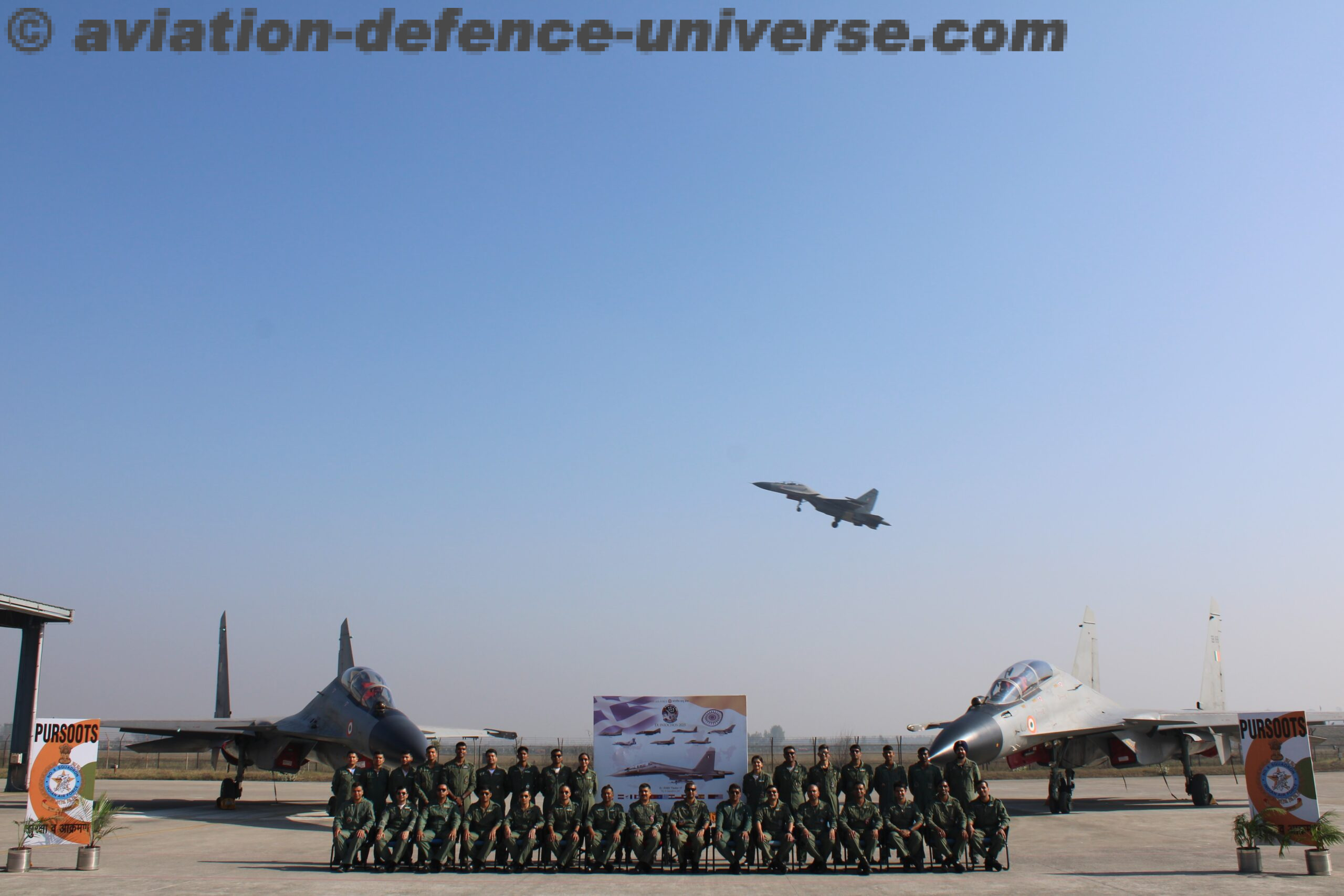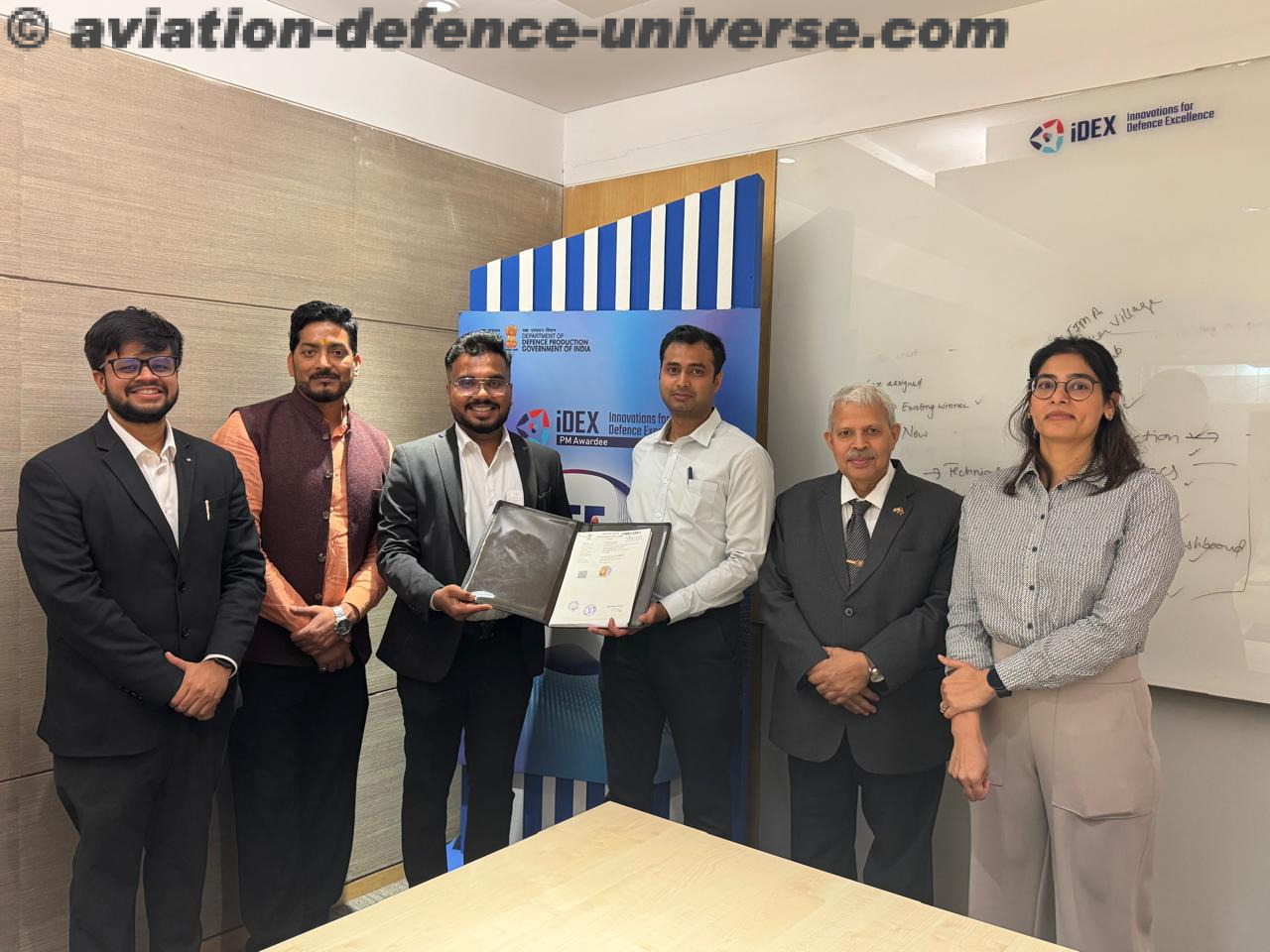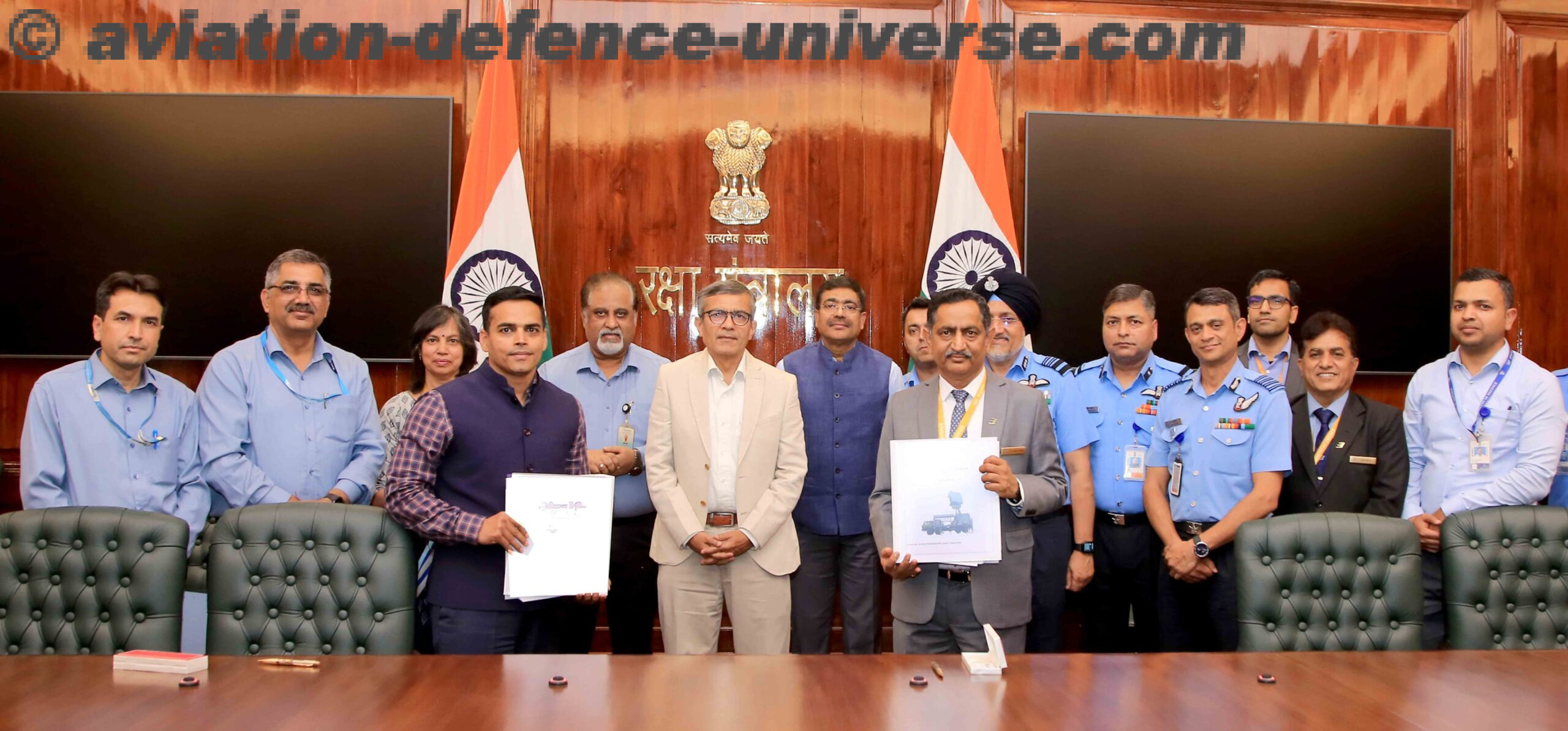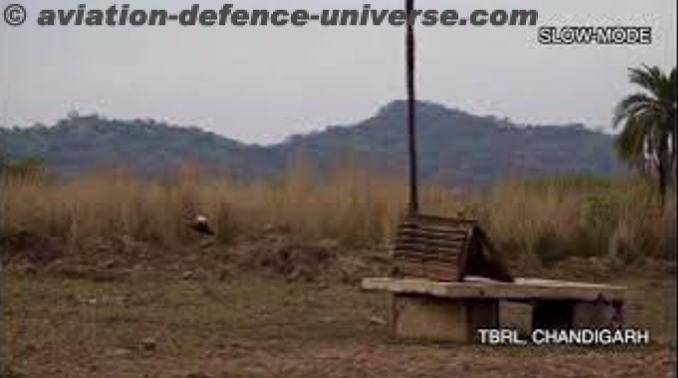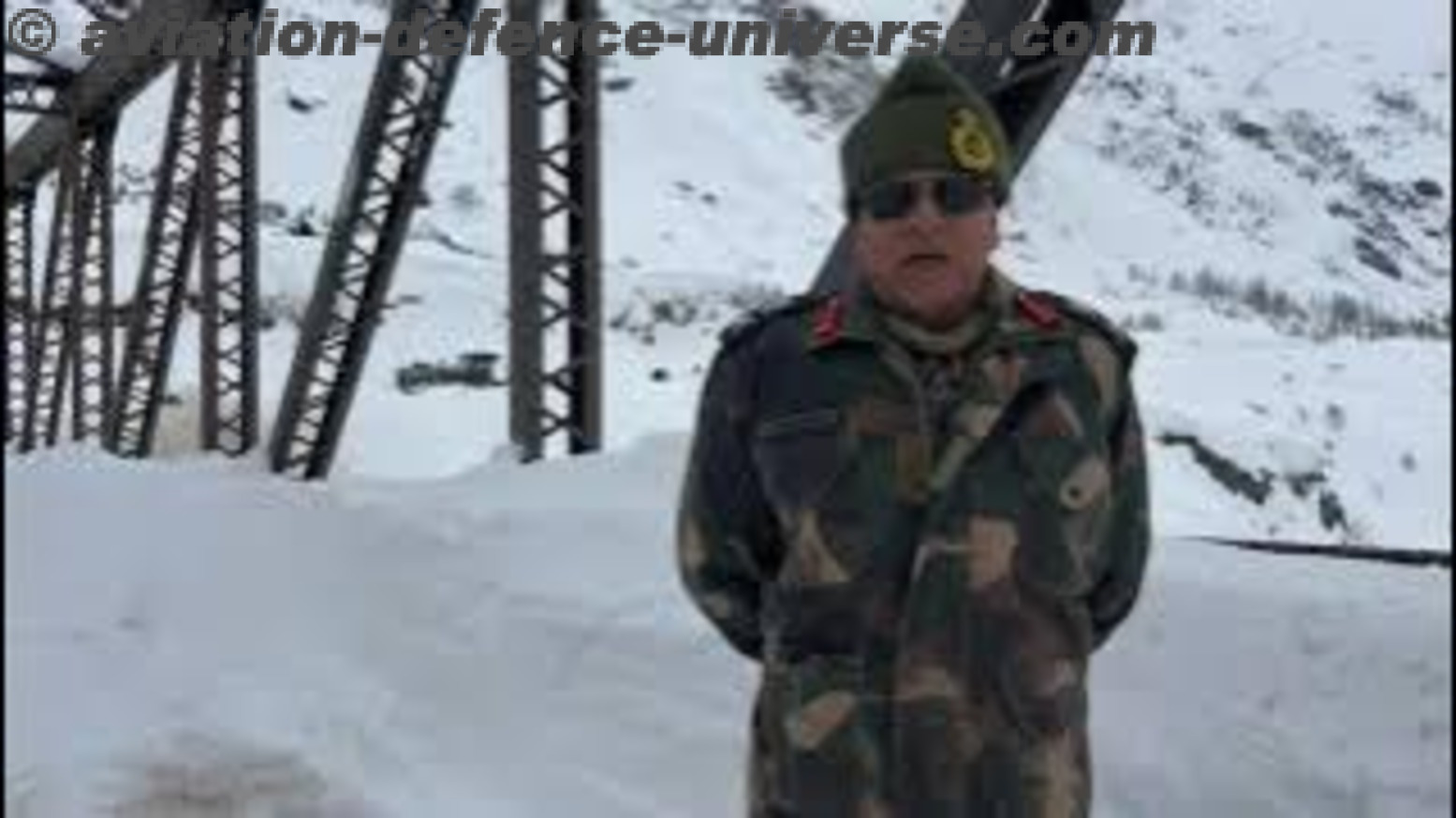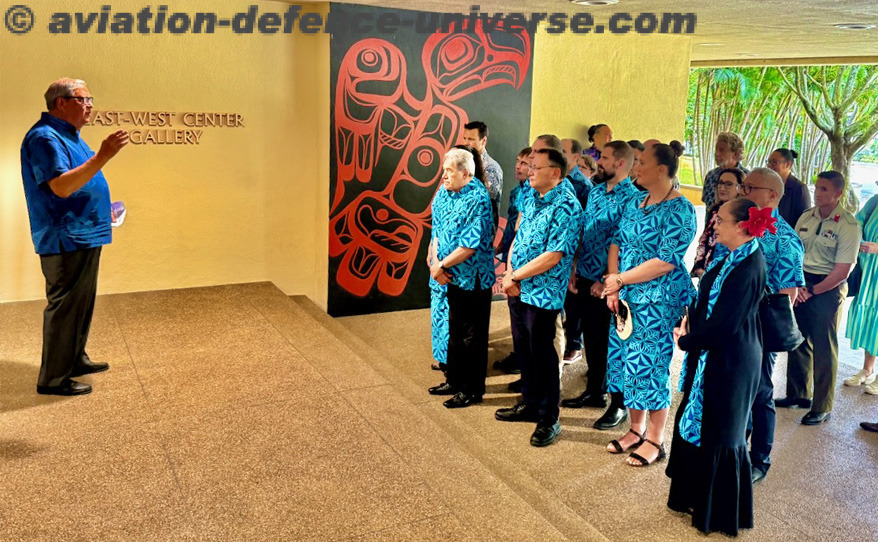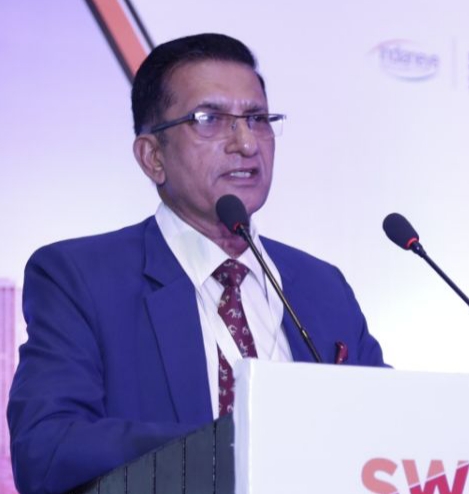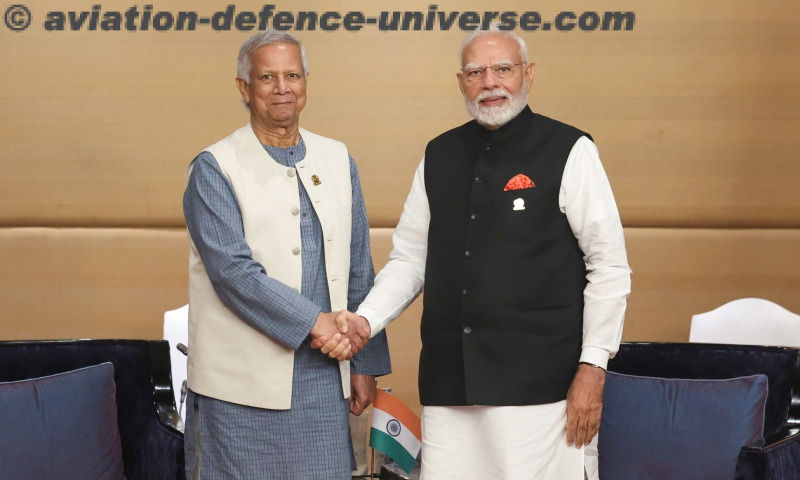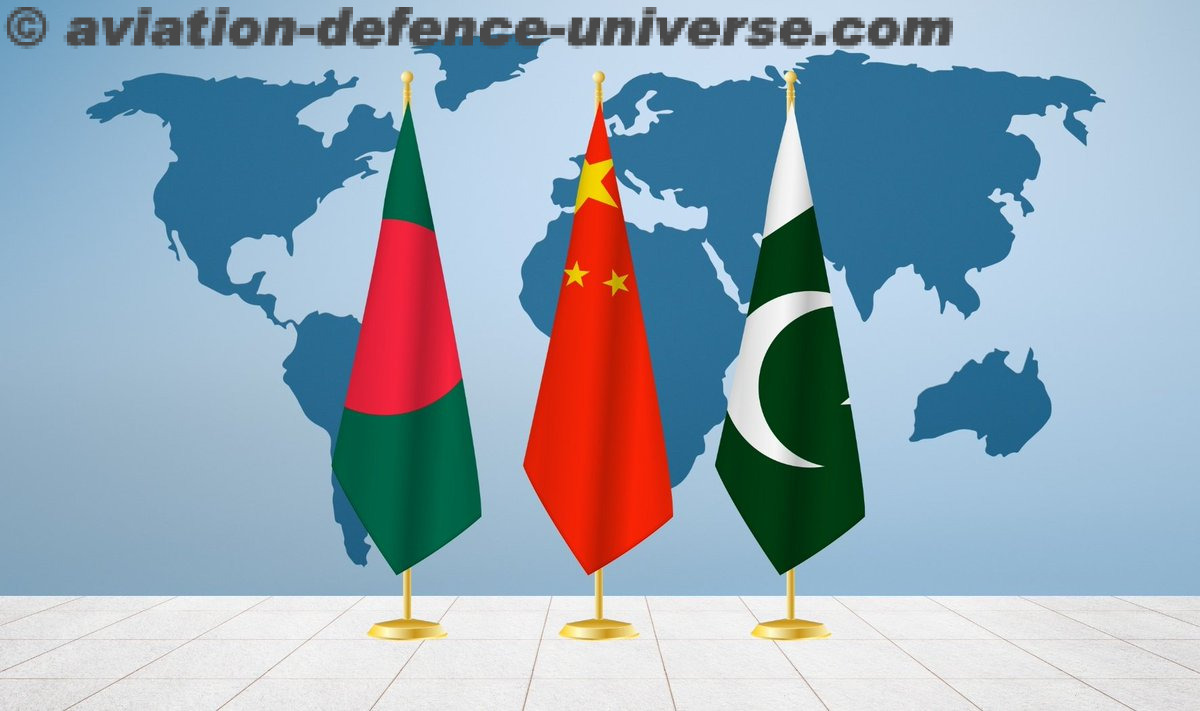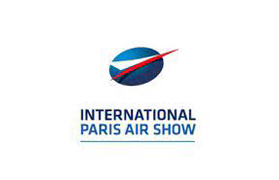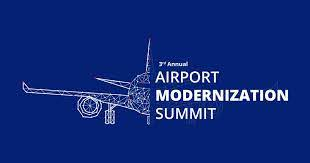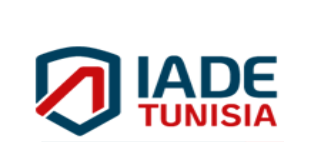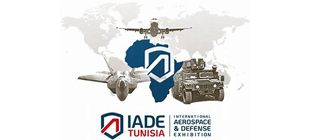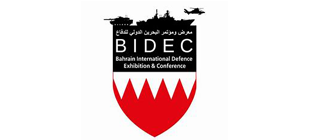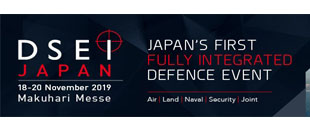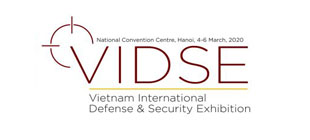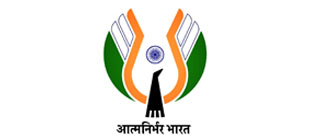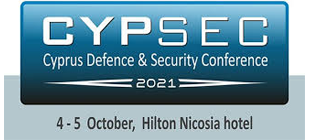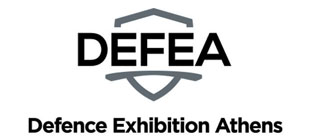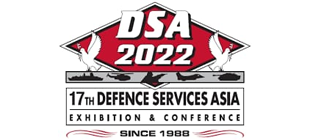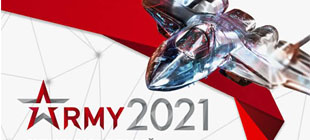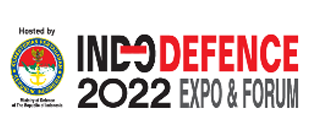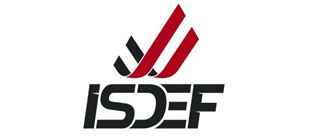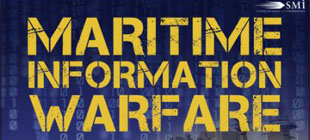- Vision for a Multi-Domain Future
- Amidst Twin Threats, Indian Army Accelerates Modernisation and Preparedness
By Major General (Dr) P K Chakravorty, VSM (Retd.)
 New Delhi. 14 January 2025. The Indian Army has been Forever in Battle ever since Independence. 2024 has been a crucial year for the Indian Army. The Army has been able to maintain its mature stance at the Line of Control and Line of Actual Control. Further it has been able to further improve the situation in Jammu and Kashmir. Possibly in a few days the Railway link from Baramulla would be linked across the River Chenab to Jammu onwards to the rest of the country. The situation in Manipur is being stabilised and despite the disturbances in Bangladesh, their Army personnel continue to be trained in India.
New Delhi. 14 January 2025. The Indian Army has been Forever in Battle ever since Independence. 2024 has been a crucial year for the Indian Army. The Army has been able to maintain its mature stance at the Line of Control and Line of Actual Control. Further it has been able to further improve the situation in Jammu and Kashmir. Possibly in a few days the Railway link from Baramulla would be linked across the River Chenab to Jammu onwards to the rest of the country. The situation in Manipur is being stabilised and despite the disturbances in Bangladesh, their Army personnel continue to be trained in India.
The celebration of Army Day takes place traditionally on 15 January to mark the taking over of the first Indian Commander-in-Chief by General (later Field Marshal) K M Cariappa, from General Francis Robert Bucher. This occurred on 15 January 1949. The Army Day in 2025 would be the 77th parade to commemorate the historic event. The parade would display the equipment and soldiers of the Indian Army. The celebrations are held across the Indian Army and are an occasion for awarding personnel and units for their bravery and distinguished service. On this occasion it would be appropriate for us to know that the Army is currently modernising its equipment to be prepared to meet its operational challenges.
This year the parade will be held at the Bombay Engineering Group and Centre (BEG and C) in Khadki on January 15, 2025. Known for its historical past Pune is an important military station and is the Headquarters of Southern Command and home to numerous training establishments. Pune is also an important location for manufacture of defence products. The parade would be showcasing the following:-
- Marching contingents representing the various regiments from the Indian Army.
- Mechanised columns, featuring tanks and mechanised Armoured Personnel Carriers (APCs).
- Artillery Guns.
- Helicopters and Drones of Army Aviation.
- Display of cutting-edge technologies including Robotics.
- Martial art displays, combat techniques and other performances.
The Nepal Army Band is also to take part in the parade. The band comprises of 33 musicians out of which three are female musicians. It is of interest to note that 334 personnel from the Indian Army have participated in Joint Military Exercise Surya Kiran which was held in Saljhandi Nepal from 31 December 2024 to 13 January 2025. This would definitely deepen India Nepal relations.
At the Army Day Parade modern weapons will be displayed . The Indian Army is undergoing modernisation and the same would be discussed in the subsequent part of the article along with Vision 2047. India faces a two front collusive hybrid threat from China and Pakistan as also encounters a half front created by insurgency. Currently equipment held by the combat arms is dated and has been gainfully optimised to its ultimate durability. Apart from this both China and Pakistan are undertaking intense modernisation with regard to their Armed Forces. China has a focussed plan on modernisation of its Armed Forces which has resulted in the Peoples Liberation Army transforming itself to a well equipped force with state of the art weapons. The current President and Commander-in- Chief has introduced reforms to make the PLA a professional organisation. A case in point is that China is currently exporting drones to 18 countries. It is reported to have 1.23 million drones. It is already testing its 6th Generation fighter jet and heading for 11 aircraft carriers, Currently it has the largest number of warships on its inventory in the world. Pakistan on its part has left no stone unturned to modernise its forces with assistance from China. The current strategic situation has witnessed complex situations along the Line of Actual Control (LAC) with China and on the Line of Control (LoC) with Pakistan. Further President Xi Jinping has tweaked laws to make him more powerful with regard to the defence of the country. War is an irrational act which occurs without any warning. Accordingly there is a dire need to modernise our forces to enhance their capabilities to meet challenges.
To match the PLA implies that Indian Army must move its modernisation programme in top gear. Indian Government about five years ago finalised a road map to spend $ 130 billion up to 2026 to modernise the Armed Forces and bolster their capabilities to effectively counter the challenges from the adversaries. The plan includes acquisition of a wide variety of weaponry to include missiles, warships, drones, fighter jets, surveillance equipment and creation of architecture for Artificial Intelligence. The Indian Army has been receiving its due share to undertake its ongoing modernisation at a deliberate pace. The Indian Army has undertaken effort to restructure and optimise its manpower for greater finances to be available for procurement. The process of restructuring the Indian Army is taking place at a steady pace. With the creation of the post of Chief of Defence Staff (CDS) and Department Of Military Affairs (DMA) issues are being perceived at a more integrated level as eventually we will have theater commands.
On 19 and 20 August 2024, the senior leadership of the Indian Army met to discuss the future course of the Indian Army during the Amrit Kaal aligning with the Government of India’s vision to make India a developed country. They articulated the Indian Army Vision 2047. This was, “ To transform into a modern, agile, adaptive, technology enabled and self-reliant future ready force, capable of deterring and winning wars in a multi-domain environment across the spectrum of operations, to protect our national interests in synergy with other Services.”
The Indian Army spearheaded the decade of Transformation by declaring 2023 as year of transformation and 2024 as year of technology absorption. The several goals to be published in the nest decade included the following:-
- Reorganization of Army Headquarters, Command Headquarters and other key formations to ensure optimal efficiency and operational readiness.
- World class infrastructure development.
- Enhancing Multi Domain and Cross Domain Operational capabilities to include, land, Air, Cyber and Space.
- Conduct of Data Centric operations by leveraging were deliberated to enhance to enhance existing capabilities.
- Road Map for capability development for upgradation of Armoured Corps, Mechanised Infantry, Artillery, Aviation, Air Defence and Infantry.
- Enhancement of logistics, communications, ammunition infrastructure, , requirement of new structures to support multi domain operations and framework for expediting automation and networking of systems.
- Enhancing joint operations and integration between the Army, Navy and Air Force to face the future challenges of warfare.
- Commitment towards indigenisation, supporting the domestic industry and facilitating India’s position as a leading defence exporter.
It is pertinent to note that the discussions concluded with the on-going initiatives of the Indian Army . They are as enumerated below;-
- India’s leadership in military education was highlighted. Centre for United Nations Peacekeeping (CUNPK) being recognised as Centre For Excellence.
- Increased number of Defence Attaches, has enhanced our defence diplomacy.
- Army is involved in national initiatives like Gati Shakti and progress was made in identifying and developing dual use infrastructure.
- Indian Army’s contribution through ECHS and Military Hospitals as well as its role in Kaushalveer scheme was significant.
- Efforts to empower the youth through National Cadet Corps (NCC) and promoting Sports through Mission Olympics has paid rich dividends.
A few areas of procurement and equipping are listed below:-
- Repeat order of 73000 US Sig Sauer Rifles which has a range of 500 meters has been given. This supplements the 35,000 AK -203 Russian Kalashnikov Assault Rifle manufactured by Indo-Russian Rifles Private Limited at Korwa, near Amethi, in Uttar Pradesh. Over a period of time 7,50,000 Rifles will be manufactured, modernising our current lot of rifles. In all likely hood the Carbine and Light Machine Guns would be indigenous. The Spike ATGM is an excellent weapon and would in due course be supplemented by indigenous version.
- Digitisation and automation is an ongoing process. Artificial Intelligence is being given due importance.
- As regards sensors we have currently acquired Unmanned Aerial Vehicles (UAVs), Battle Field Surveillance Radars, Weapon Locating Radars, Long Range Reconnaissance and Observation System (LORROS), Thermal Imaging Intensification Observation Equipment (TIIOE), N Cross night vision equipment, Hand Held Thermal Imaging (HHTI) equipment, night vision binoculars and Unattended Ground Sensors. The quantities held are increasing but greater numbers are needed for improved Battle Field Transparency. Apart from these the Indian Army needs satellites as also Aerostats for wider coverage of its Area of Influence.
- Artillery is the predominant arm as regards Firepower. The induction of 155 mm Dhanush, Ultra-Light Howitzer, Self Propelled 155 mm Vajra and BrahMos Cruise Missile has added punch to the Army. Further the Long Range Pinaka would be on user trials and possibly inducted shortly. 155 mm , 52 calibre ATAGs manufactured by DRDO, Bharat Forge and TATA Advanced Systems , 100 pieces are to be inducted shortly. The Artillery has moved on to Precision Guided Munitions and introduced limited number of 155 mm Excalibur ammunition. Further Hypersonic BrahMos may possibly be inducted shortly. Extended range BrahMos ranges 400 to 500 Km and likely to be extended further extended.
- High Technology aspects concern Artificial Intelligence, Robotics, Nano Technology, Lethal Automatic Weapon Systems Directed Energy Weapons, Nuclear, Biological and Chemical Warfare. Research in all these fields are moving at a steady pace. Artificial Intelligence and Robotics are in an improved stage of development. Rapid strides are needed to be taken in the field of Nano technology as it would lead to reduction of size and weight which would be suitable for our High Altitude and Glaciated regions. Direct energy weapons are being developed by China and there is a need to expedite their development. We need to build up our credible deterrence in the field of Nuclear, Biological and Chemical Warfare.
- Threats from China and Pakistan leave us with no option but to undertake modernisation at a fast pace. The Indian Army is currently involved in meeting challenges at the Line of Control (LoC) and Line of Actual Control. All out efforts must be made by all concerned to expedite modernisation optimising the process initiated by the present Government
- Zorawar Light tank made by DRDO and L&T is undergoing high altitude trials likely to be inducted in 2027.
- Need for Indian Army to be provide a Communications Satellite and few Loe Earth Orbiting Satellites for Remote Sensing.
- Regiment of Brahmos has been exported to Philippines and Pinaka Multiple Rocket Launcher System as also Akash Air Defence Missile System are being sold to Armenia.
- Indonesia is also inching towards sealing the deal for Brahmos missiles.
In accordance with the latest DAP 2020; A 10 years Integrated Defence Capability Plan (IDCP) has been prepared. Further, the Government has introduced a fourth negative list of 101 items which will not allow imports of these up to end of 2028. This will boost the Atmanirbhar process. These items include missiles, artillery guns, ammunitions, assault rifles, radars, helicopters and transport aircrafts. It is pertinent to note that these items are currently being developed or manufactured indigenously
As can be observed, practically all these items on the negative list are developed in India and many of them are on ‘limited series production’. The other equipment is under product improvement after undergoing user trials. Further, products like BrahMos supersonic cruise missile, tanks, helicopters and artillery guns have already being requisitioned for induction into the armed forces. As the Chief of Defence Staff has said, the initial numbers will be from abroad while the remaining would be ‘Made in India’. The armed forces will procure these items from the Indian manufacturer once the same is cleared for induction.
Such a regulation will energise our companies and be of great benefit to the defence sector. Items applicable to the Army are listed below:-
- Helicopters. Manufactured by HAL with collaboration with Russia.
- Light Combat Helicopter. Manufactured by HAL. 155 mm Ammunition. Manufactured by Ordnance Factory Board (OFB).
- Small Arms and Ammunition. Manufactured by OFB.
- Simulators. Manufactured by Bharat Electronics Limited and Private sector industries.
- 155 mm Ultra-Light Howitzer. Manufactured by Mahindra Defence in collaboration with BAE Systems.
- Radars. Manufactured by DRDO and Bharat Electronics Ltd.
- Land Attack Cruise Missiles. Manufactured by DRDO and BrahMos Aerospace Ltd.
- Tanks –. Manufactured by DRDO and Heavy Vehicles Factory of OFB.
- Communication equipment. Manufactured by DRDO and Bharat Electronics.
- Artillery Guns 155 mm ATAGS, K 9 Vajra. Manufactured by DRDO, TATA, L&T and Bharat Forge.
- Anti-Tank Guided Missile. Manufactured by DRDO and VEM technologies.
The procurement process is likely to pick up speed despite the formulation of a new DAP 2020. For quicker response and effective results a level playing field must be created between the private and the public sector. This would require the Ministry of Defence and the Indian Army to play a fair game to enable the best person is selected. Further timelines are adhered and decisions taken on cases which land up in a single vendor situation. In addition Project Management Units function effectively.
The next aspect pertains to the field of technology. It would be extremely difficult to start from scratch. It would be prudent to form Joint Ventures or co development as has been done by DRDO in the case of BrahMos missile, Long Range Surface to Air Missile (LRSAM) and Medium Range Surface to Air Missile (MRSAM). It is interesting to note that currently Russia, Israel and to some extent France and the United States are keen to provide technology which is needed for critical areas.
Viewing the requirements of the Indian Army practically all the items can be easily procured provided the Ministry of Defence and the Indian Army work as a unified team which can take decisions speedily by frequent interactions. It is heartening to have the Army Defence Bureau formed which is infusing a whiff of fresh air into Army’s interaction with technology. All cases stated ibid are in the pipeline and vigorous pursuit would lead to positive results. As regards ammunition deficiencies, this is a critical area and inescapable amount must be acquired by direct purchase from the Original Equipment Manufacturer while the technology absorption process is on for the indigenous manufacture by the public and private sector.
The difficult areas are the new technologies pertaining to robotics, nano technology for miniaturisation and direct energy weapons to including multifarious uses of laser and Microwave. These are areas where the DRDO must focus to make a dent by research with assistance from countries willing to share expertise. More often technology is available but the absorption and conversion to a workable model takes time. DRDO must actively involve with the user and the industry to find avenues through critical technologies. Synergising all these agencies will enable us to find innovative answers to these problems.
The Indian Army is a robust force with a Vision 2047. It needs to focus on technologies and this would be best done by synergy between the Army, private sector and public sector. It is creditable that our items are being exported and this provides a fillip to the Indian Army, DRDO, public sector and the private sector.
(Major General(Dr.)(Retd.) P K Chakravorty, VSM is a Delhi-based strategic analyst and a Former Additional Director General Artillery. The views in the article are solely the author’s. He can be contacted at editor.adu@gmail.com)


